
Located in the northeast suburb of Beijing, Huangsongyu is rich in natural and humanistic landscape resources. Coinciding with the Rural Art Carnival held in Pinggu, Beijing, the government of Huangsongyu hosted the "2023 Land Art Festival of Huangsongyu, Pinggu, Beijing" to bring a deep culture and tourism integration experience to villagers and tourists. Dr. Xu Li from the China Academy of Art is specially invited as the curator, and Wang Huaxiang, professor from CAFA, as the chief planner. After nearly half a year of planning, the festival invited more than 30 artists from home and abroad, including 15 site-specific artists, to integrate ecological and cultural concepts as well as the characteristics of the times, relying on the mountains, villages, structures and other public spaces, and taking the earth as the carrier, art as the medium. In about a month and a half, 21 pieces of land art were created; meanwhile, 32 installations and video works from 16 pioneers participated in the festival. 53 works in total provide the audience with a wonderful art feast, integrating abstract and concrete, tangible and intangible, elegant and popular, contemporary and international features, and revealing the local traditional culture, folk customs as well as working and living environment. These works reshaped the landscape of Huangsongyu. Through constant interaction between the works and the audience, we hope the festival can reconstruct local cultural spirit, link rural life, enhance aesthetic standards and promote social aesthetic education.
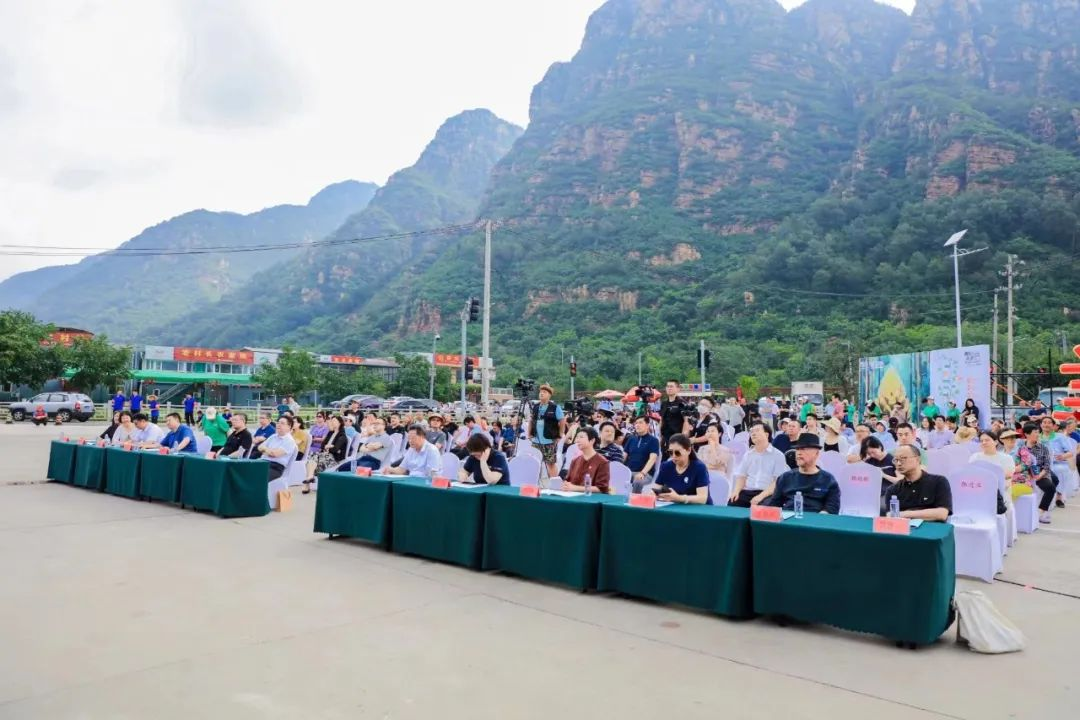
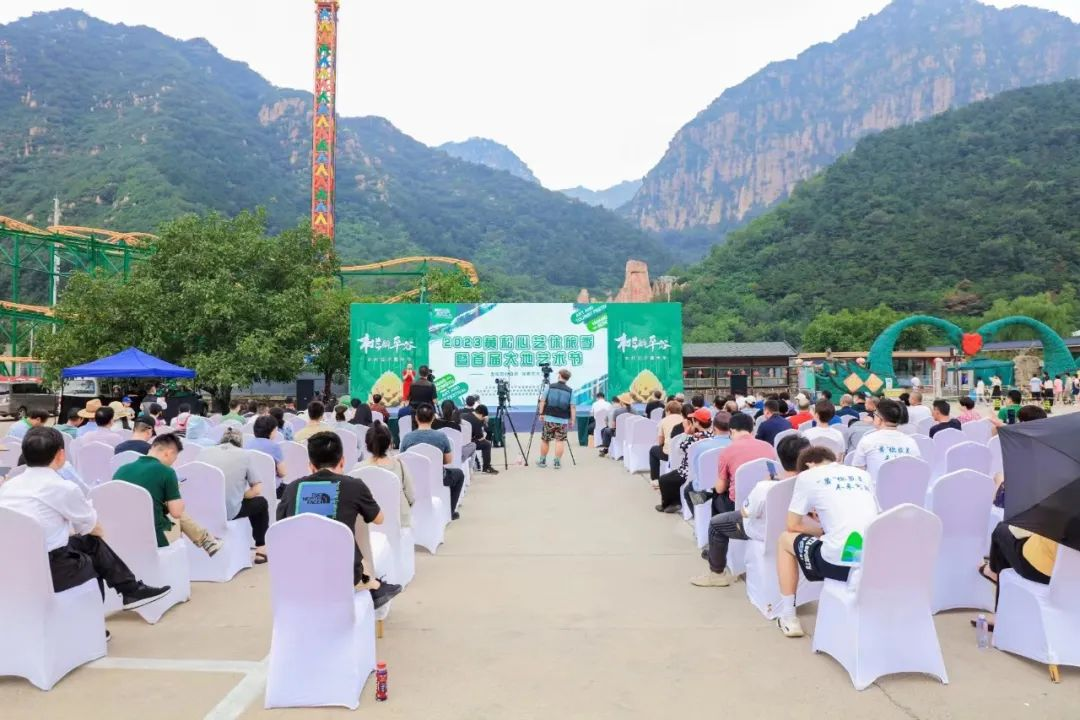
The Opening Ceremony
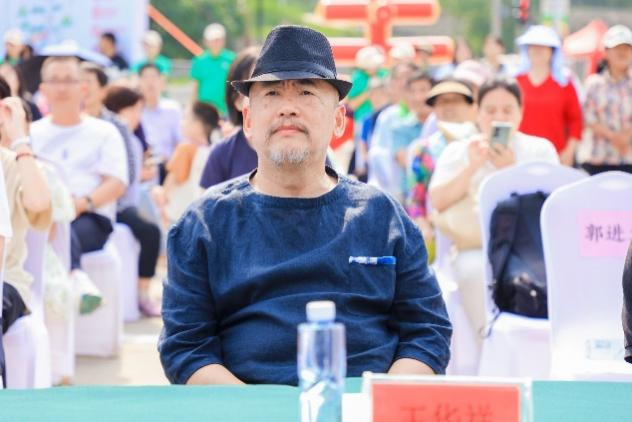
Chief Planner: Wang Huaxiang
Former Deputy Dean of the School of Plastic Arts of the Central Academy of Fine Arts (CAFA), and Director of the Printmaking Department of CAFA; current professor, doctoral supervisor and post-doctoral supervisor at CAFA, and President of the Printmaking Alliance of the International Academy of Printmaking.
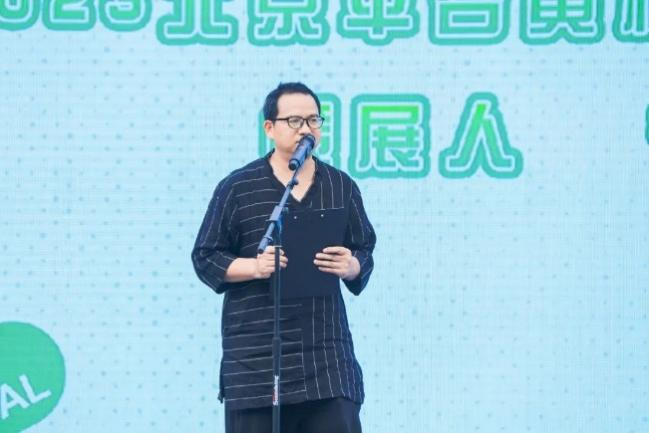
Curator: Xu Li
Xu Li is a mixed-media installation artist educated in France, with a PhD in Interdisciplinary Research in Culture and Art, and is currently teaching at the China Academy of Art. He focuses on exploring the artistic vitality created by "instability", specializing in the research, creation and teaching of unstable media, space and fields.

Academic host: Yin Jinan
Renowned art historian and contemporary art critic; standing member of the Academic Committee of CAFA, professor and doctoral supervisor of CAFA; current Dean of the School of Arts and Humanities of Guangzhou Academy of Fine Arts; Distinguished Professor of the Department of Archaeology, Graduate School of the Chinese Academy of Social Sciences.
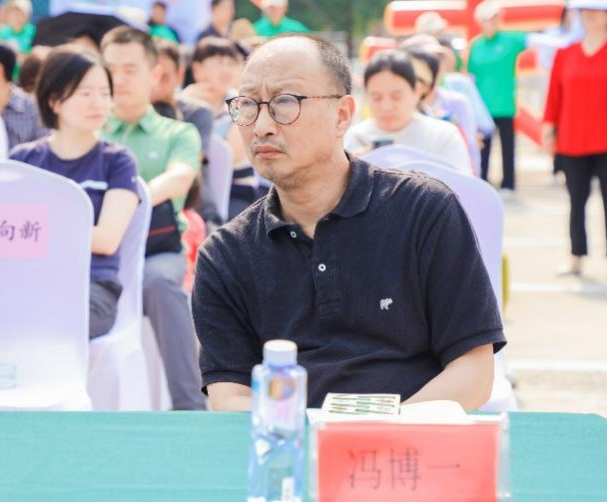
Art host: Feng Boyi
Feng is an independent curator and art critic, also a researcher at the Institute of Art Sociology of the Sichuan Fine Arts Institute. He is currently one of the most active independent curators and critics in China.
Exhibiting Works
Wang Huaxiang
Current professor and post-doctoral supervisor at CAFA; President of the Printmaking Alliance of the International Academy of Printmaking; President of the International Printmaking Institute
Introduction
Wanshenggu Art Museum
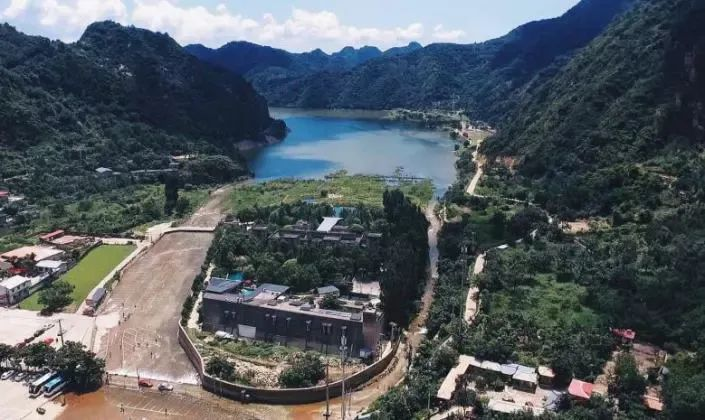
Aerial photo of Wanshenggu Art Museum

The establishment of this art park is one of Wang Huaxiang's search for the origin. On the one hand, it is not easy to find a place surrounded by mountains on three sides and facing water on the other side in the north, which is actually a geographic feature of Guizhou; living here and spending time with the art is the greatest solace for Wang Huaxiang, who was born in Guizhou and now lives in the north. On the other hand, Wanshenggu Art Museum is the place that carries Wang Huaxiang's idea of artistic aesthetic education and artistic ideal when it was first established. In his early years, the artist traveled to small cities in Europe and was deeply influenced by the general understanding of art there. He decided to return to China to build his own sacred place of art, also the starting point of art in the East, nourishing and infecting the public with art. The establishment of Wanshenggu Art Museum is undoubtedly Wang Huaxiang's land art work, not only supporting artists’ practices of different art concepts, but also carrying their responsibilities and hope for art. As a combination of both art and a platform, countless Chinese and foreign artists have shared and talked about art here, realizing their artistic ideals; Wanshenggu Art Museum is like an art utopia, nurturing beauty and nourishing art.
Zhang Haijun
Associate professor and master’s supervisor of the Department of Public Space Art, School of Sculpture and Public Art, China Academy of Fine Arts; Art Director of the Public Art Institute, CAFA
Introduction
Reading Enriches the Mind
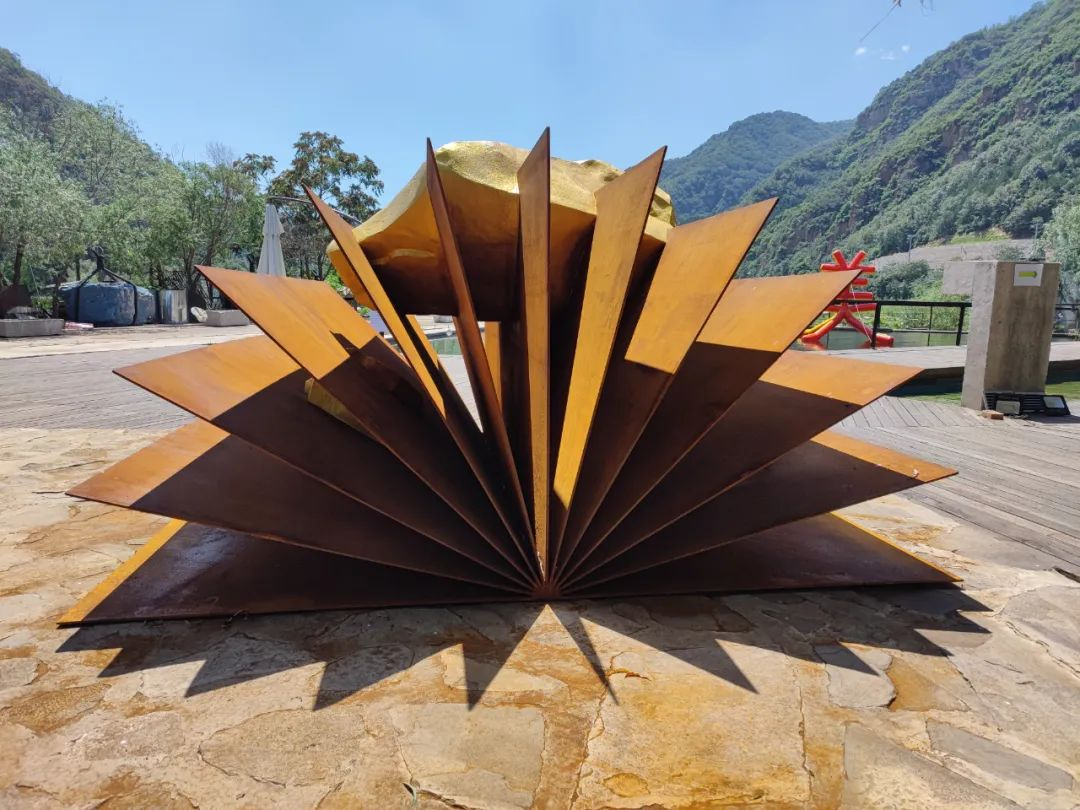

Combining book with the golden ore, the exhibit shows the unique historical heritage and mining culture of Huangsongyu. The scroll unfolds page by page, which is like reading through the long history of Huangsongyu. The heaviness of the material empowered knowledge in the book. The golden ore behind the book symbolizes the preciousness of knowledge and the saying of "a book holds a house of gold". The artist hopes to give the audience room for imagination and thinking, inspiring people to explore Pinggu, explore the unknown, and explore the future.
Florian VIRLY (France)
Professor at the Higher Institute of Art in North Calais, France; installation artist, multimedia artist
Introduction
Life with Multiple Colors

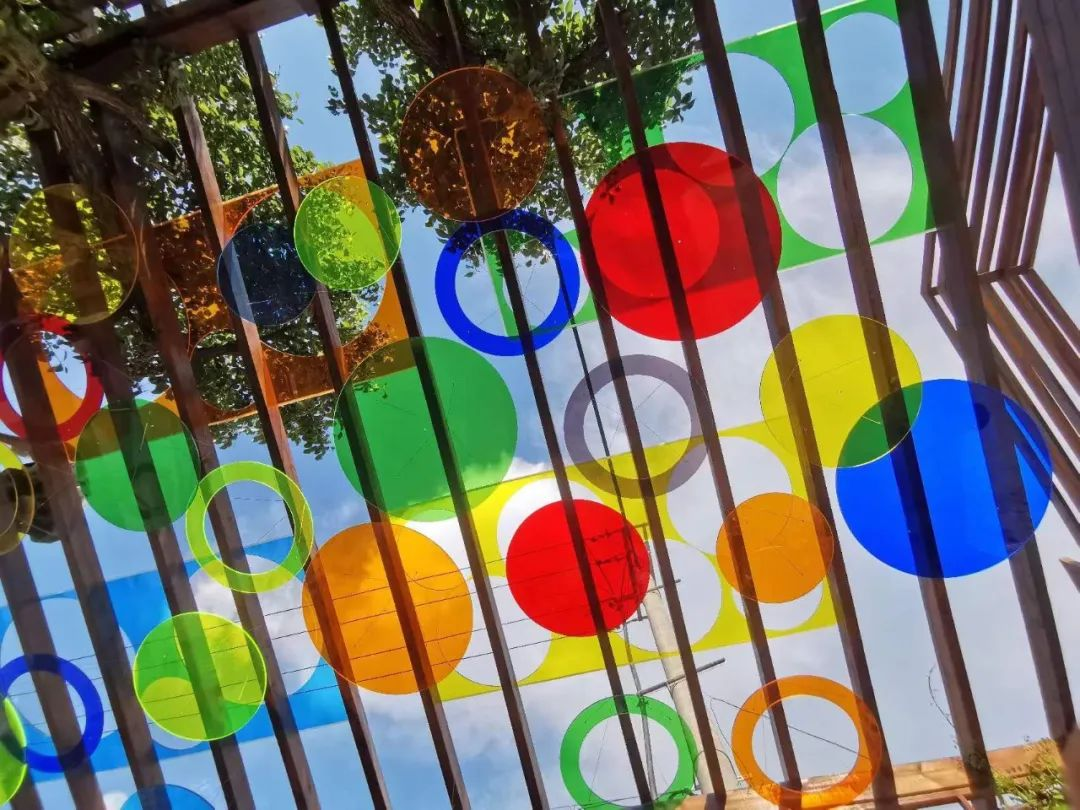
Life with Multiple Colors is not only an art installation, but also a vivid picture of the beautiful rural life at Huangsongyu, an expression of love for the village and villagers, a celebration of the simplicity and timeless beauty of everyday life, and a symbol of the inextricable link between us and our natural environment. Art is not about passive observation, but about wholehearted experience, a delicate dance with nature. The ten colors in the work symbolize perfection and completion. Through this installation, the artist wants to pay tribute to the harmony and richness of life at Huang Song Yu, building a bridge that connects the villages of Huangsongyu to the rest of the world with this work.
Fei Jun
Professor and doctoral supervisor in the field of art and technology at the School of Design, CAFA; Creative Director of ART+TECH in a renowned group
Introduction
Water Says
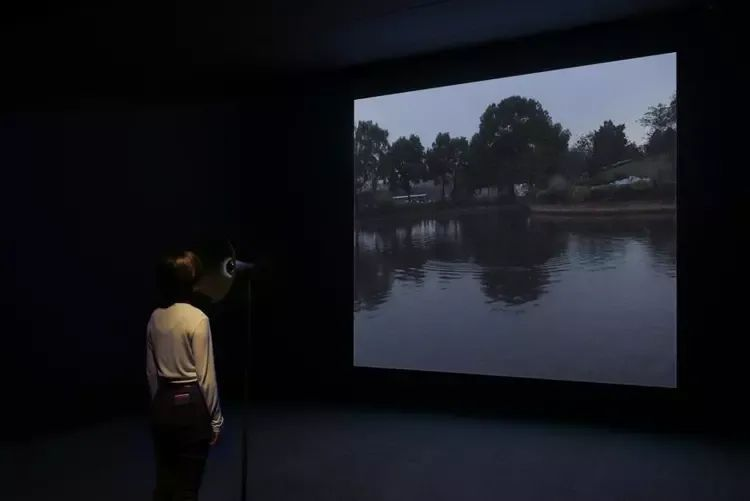

Water Says is an interactive installation with AI technology. The audience can "talk" to the water in the pond through voice input, and the water will respond with its own language: ripples; with real-time live streaming, the audience in the museum at Huang Songyu can interact remotely with the water in Wuhan through the real-time live image on the screen, and feel the generation and respond of the dynamic ripples on the surface of the water. Regardless of the interaction mode, Water Says tries to establish a "dialogue" between the audience and the lake, where the "human language" is detected and analyzed by the program and algorithms and then converted into the type and degree of emotion, and the water will use its own language, the ever-changing dynamic ripples, to form a response based on the person’s emotion, constructing a complementary healing experience.
Chen Jinqun
Member of the China Artists Association; faculty member of CAFA
Introduction
Insight
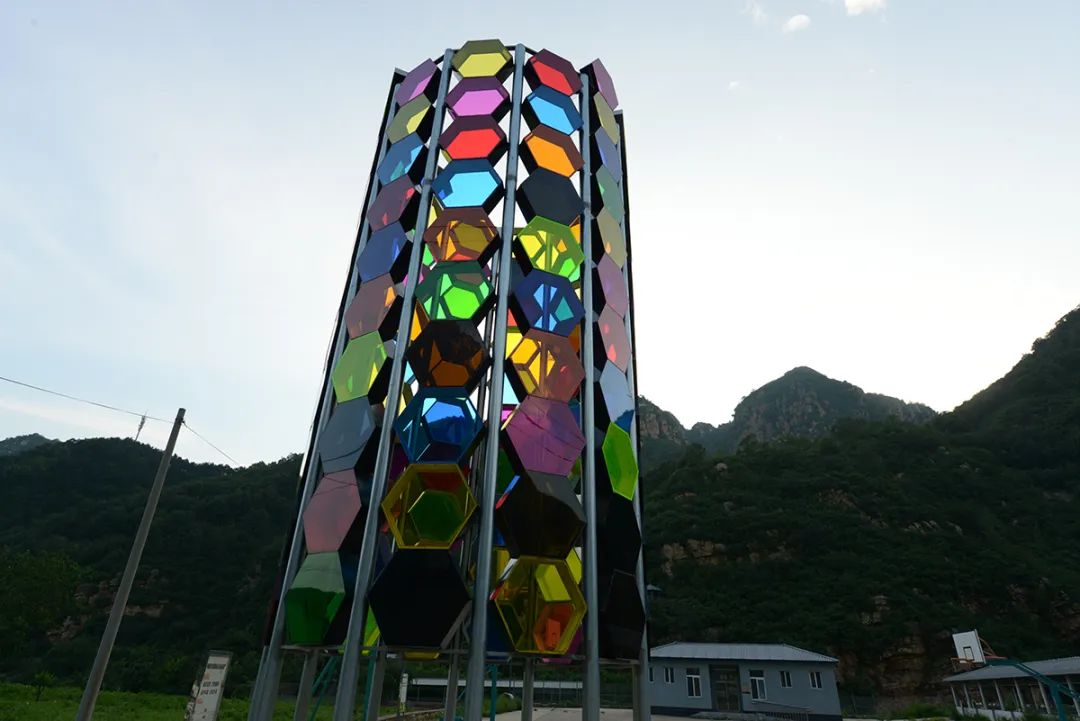

Insight stands for keen observation, and also refers to the fact that the understanding towards nature and life of every individual or a group of people is limited, incomplete and localized, just like looking at the world through a hole. With the help of this installation, people will be guided to think about the real world and the future, to be grateful and respectful to the external world. Arrogance shall be condemned and we should live in harmony with nature, seeking common development. It is also a promotion of traditional universal values. The artist used honeycomb as an element for creation and combined different shapes of square and round, with the round as yang and square as yin, balancing yin and yang.
Gift
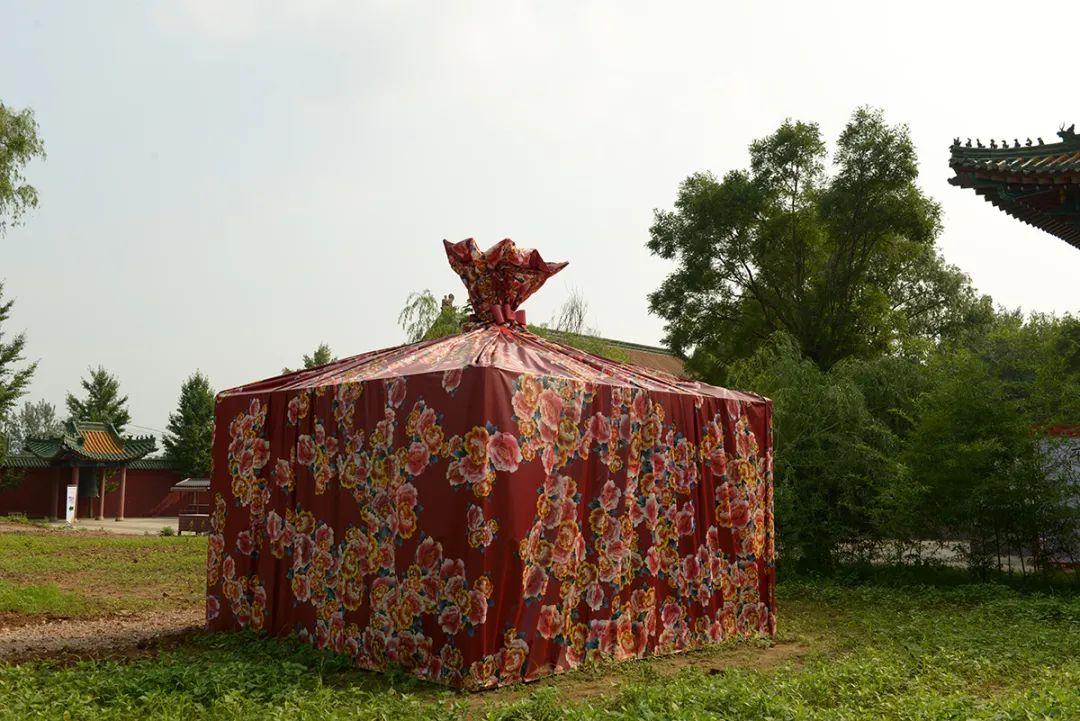
The artist adopted traditional Chinese patterns and colors, transforming the abandoned water pump house into a parcel. By combining traditional culture with modern art, the work presented a special space of our precious feelings, and advocated the reuse of discarded resources to convey love and gratitude in an eco-friendly and creative way. The work combined traditional flower cloth with modern installation art to express the inheritance and inclusiveness of traditional culture. Through the integration of a series of visual elements, this installation guided the audience to recall and reflect on those precious relationships in their lives, and express their deep appreciation for friendship, love and companionship. It calls on the audience to cherish the emotional bonds with those around them, and symbolizes that the beautiful humanistic landscape of Huangsongyu is a gift from nature to mankind.
Street Impression

Street Impression is an installation artwork rich in local characteristics, inspired by a special local bug, the name of which stands for “street” in Chinese. It is made of colorful acrylic slices, with LED lights installed inside, and the whole shape resembles the mountains and terrain of Huangsongyu to show the magnificent local landscape and unique regional cultural connotations, singing praises for the natural beauty and wonders in this area. The work also presents the beauty and mystery of the tiny creatures in nature, giving the audience a deeper understanding of the wonders of the natural world. The transparency of the installation intertwined with lights and shadow, creating a mysterious and psychedelic atmosphere. The audience will feel like exploring an unknown ecological realm, building an unsearchable connection with nature. With this work, the artist reminds the audience of the fragility of the natural environment, highlights the importance of protecting and treasuring the natural ecology, and calls on people to live in harmony with nature.
Feng Zhixuan
Contemporary pioneer artist educated in the UK; member of the Royal British Society of Sculptors
Introduction
Mirroring Boundary
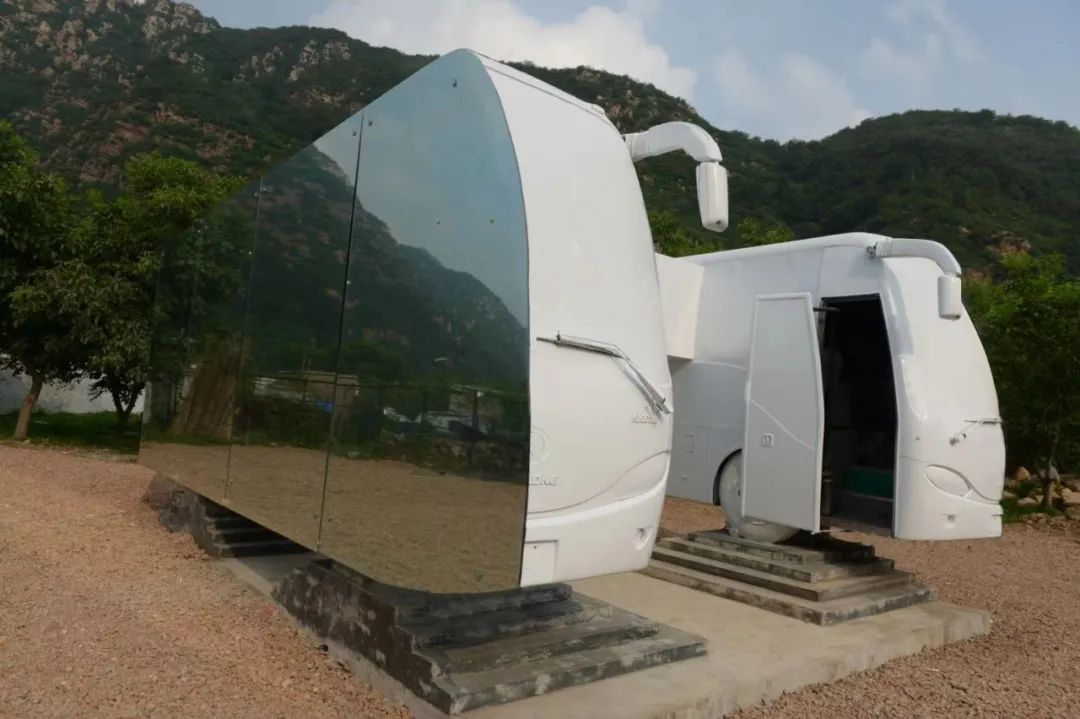

The installation was inspired by the unique land space and rich cultural background of Huangsongyu. The artist bisected a bus in the valley lengthwise, sealed it with single-sided glass, then reversed it left and right - the sections faced outward and the windows were squarely facing each other; the work created an art experience that is closely related to the local features of Huangsongyu.
Dong Hun Sung (South Korea)
Sculptor; International Public Art Director; Art Director of International Desert Art Project
Introduction
Entering the Space


South Korean artist Dong Hun Sung created a philosophical piece of work with a rock, cement blocks and an iron chair, which can be deemed as a work expressing the distance of time and space with the contrast of substances. As time passes, the rock, cement blocks and the iron chair exhibited traces of time and endured different changes, standing in a stark contrast to each other, and all three maintained their toughness in the passage of time. This contrast highlighted the relentlessness of time and the influence of spatial distance on things, guiding people to think deeply on this topic. The artist interpreted the passage of time and the distance of space in his unique way, providing people with an understanding of the fragility and toughness of substance.
Hai Tao
Executive Chairman of the Alliance of International Contemporary Artists; former CEO of Beijing Sunshine International Museum
Introduction
Turn a Stone into Gold
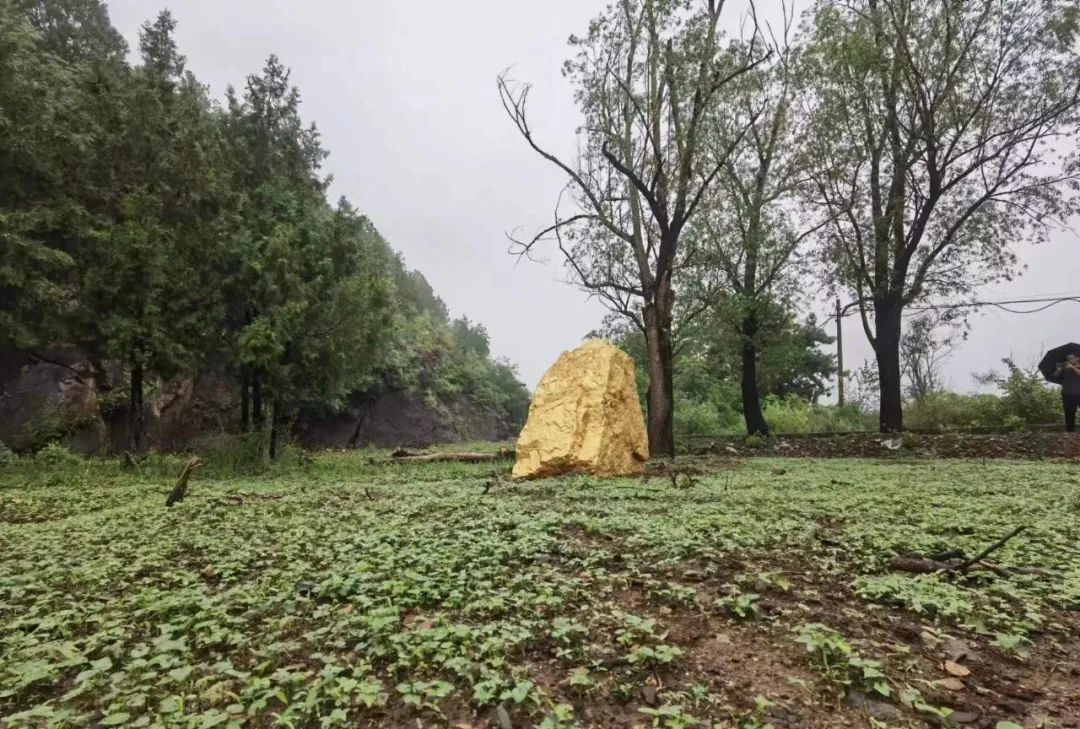
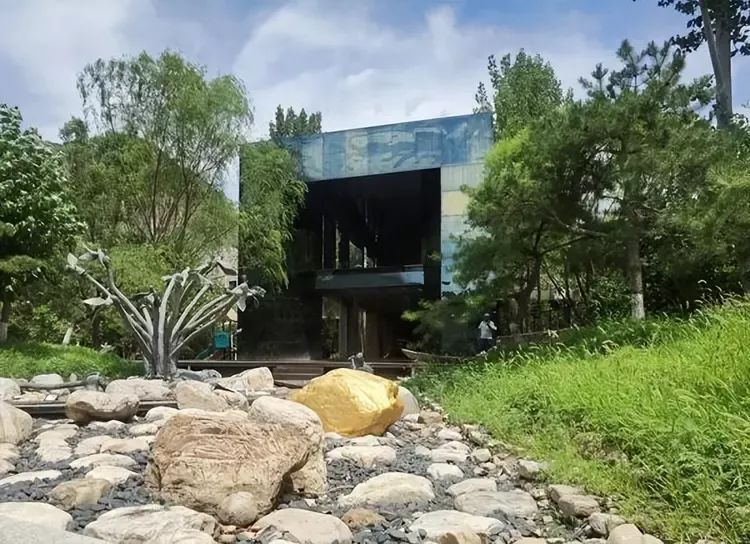
As an installation in nature, the conceptual significance of Turn a Stone into Gold is fully realized. Art is expressed through ideas and concepts, transcending the boundaries of materiality and allowing people to feel the power of artistic ideas. Land art, on the other hand, uses natural landscapes as the medium, and integrates art into nature through installation, sculpture and painting. The installation Turn a Stone into Gold painted the extremely ordinary stone in the desert into golden with the artist’s ingenious idea, so as to show that the implantation of art provides immeasurable cultural power for the construction of the beautiful countryside of Huangsongyu and the enhancement of cultural tourism.
A Unique Style
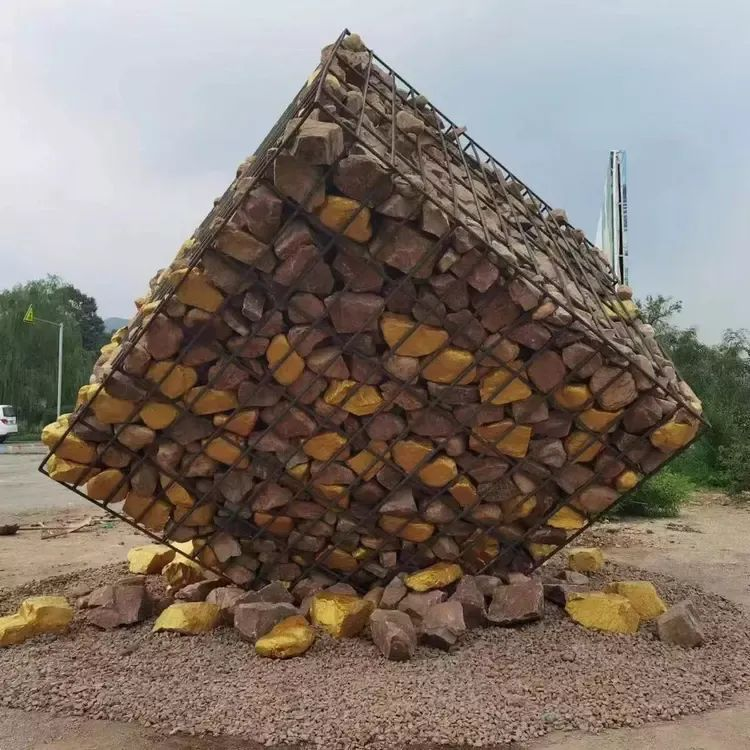
Art is an important part of human civilization; it expresses emotions and awakens the soul through various forms of language, providing people with a deeper understanding of human nature. Art works with a unique style are even more fascinating. The idea behind the work A Unique Style is to show people's inner conflicts towards material desire through distinctive and unique art forms, guiding the audience to think about human nature through the iron cages and golden stones. If you own wealth, you will own......
Yu Xinke
Artist educated in France; teacher at Tianjin Normal University; guest teacher at the Higher School of Art in Tourcoing, North Calais, France
Introduction
Ying ying
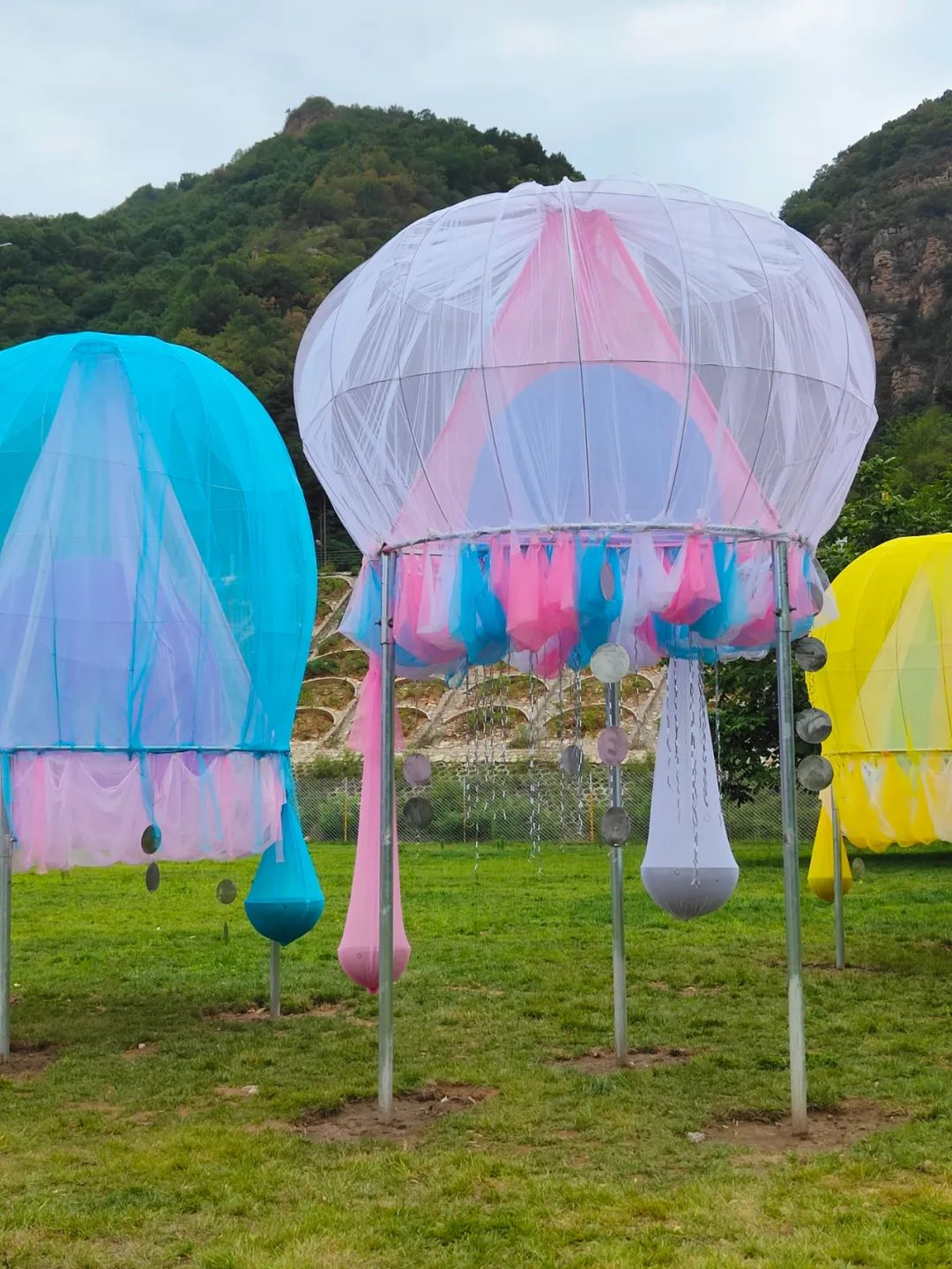
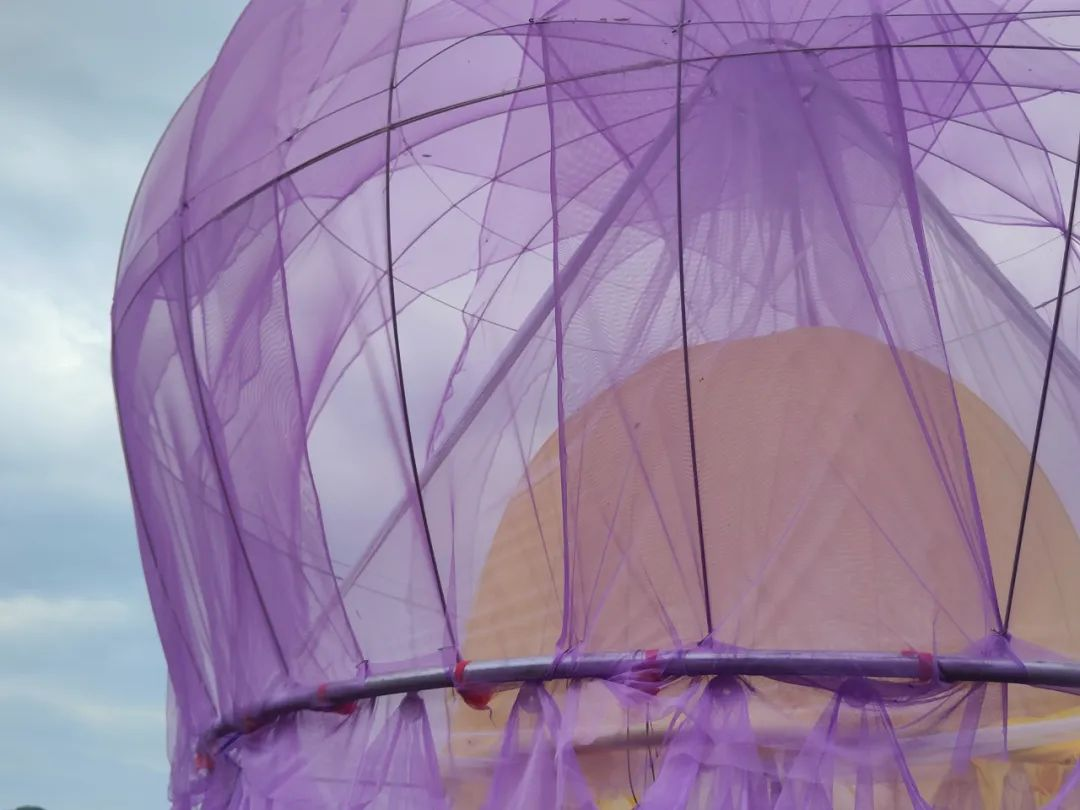
The exhibit was inspired by the freshwater jellyfish, an aquatic creature that lives in the Huangsongyu Reservoir with a history dating back to 550 million years ago. The soft and hazy colorful grenadine gives a visual vibe of gentle illusion through the shaping of space, while the embellished metal material enhances the lightness of the work, thus expressing a clear and delicate beauty and symbolizing the spirit of hardness, softness and resilience. Ying ying also boasts strong local characteristics, representing the openness and warmheartedness of Huangsongyu, and at the same time sending out a strong calling for the protection of the natural environment and respect for life. It is a symbol of love that encourages people to protect the environment and treasure resources.
Ma Jin
Contemporary public artist; founder of multi-dimensional calligraphy installation art
Introduction
Glory of Predecessors
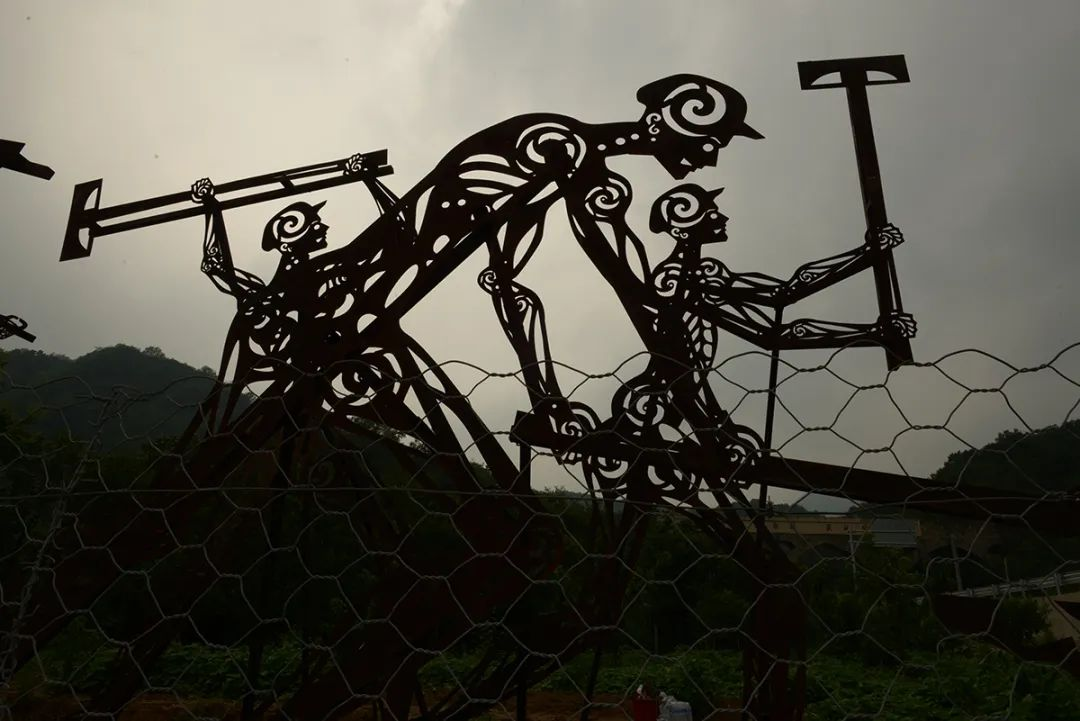
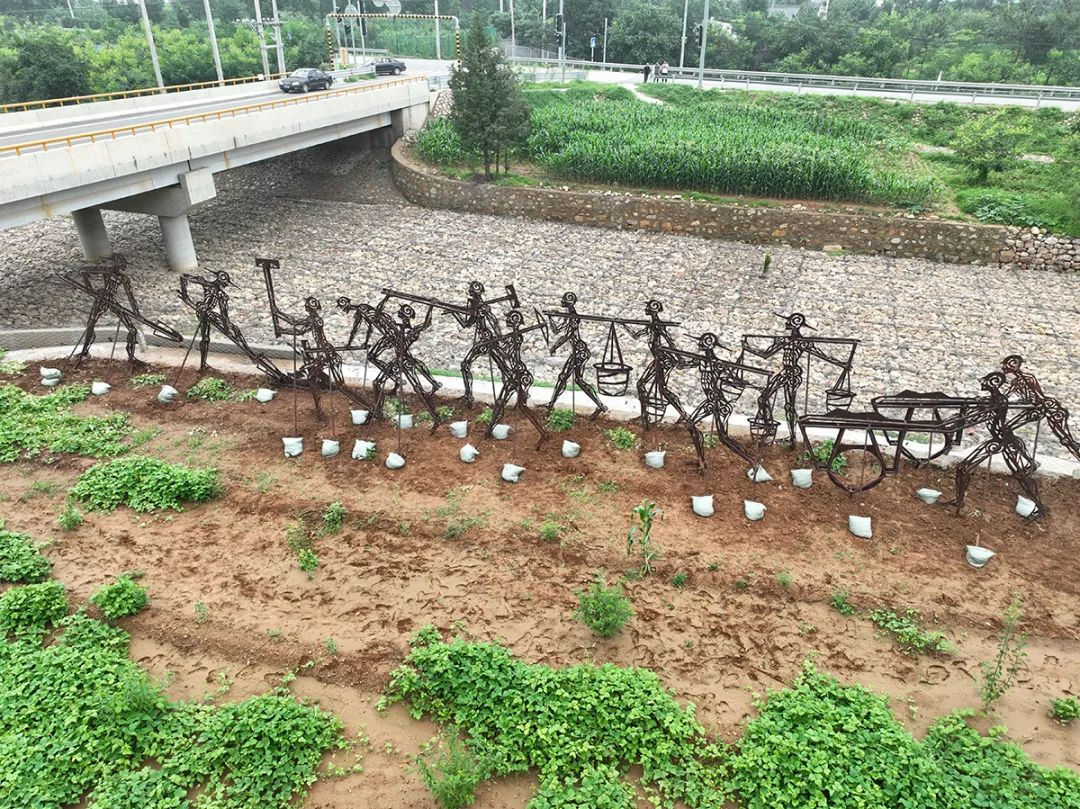
The work was inspired by the water conservancy canal, a cultural relic from the past, on which it was written: "water conservancy is the lifeblood of agriculture; learn from Tachai in agriculture”. Faced with extremely poor material conditions, people were still full of energy. The artist used weather-resistant steel plate to shape the image of workers, farmers and soldiers working hardly in the fields, bringing the audience back to that era, and commemorating the passion and splendor, glory and dedication of that time. In the process of creation, the artist adopted the elements of the milky way, adding details and soul to the grand figures of the predecessors; their passion in those glorious years still echo on the earth of Huangsongyu.
Great Beauty (Da Mei)
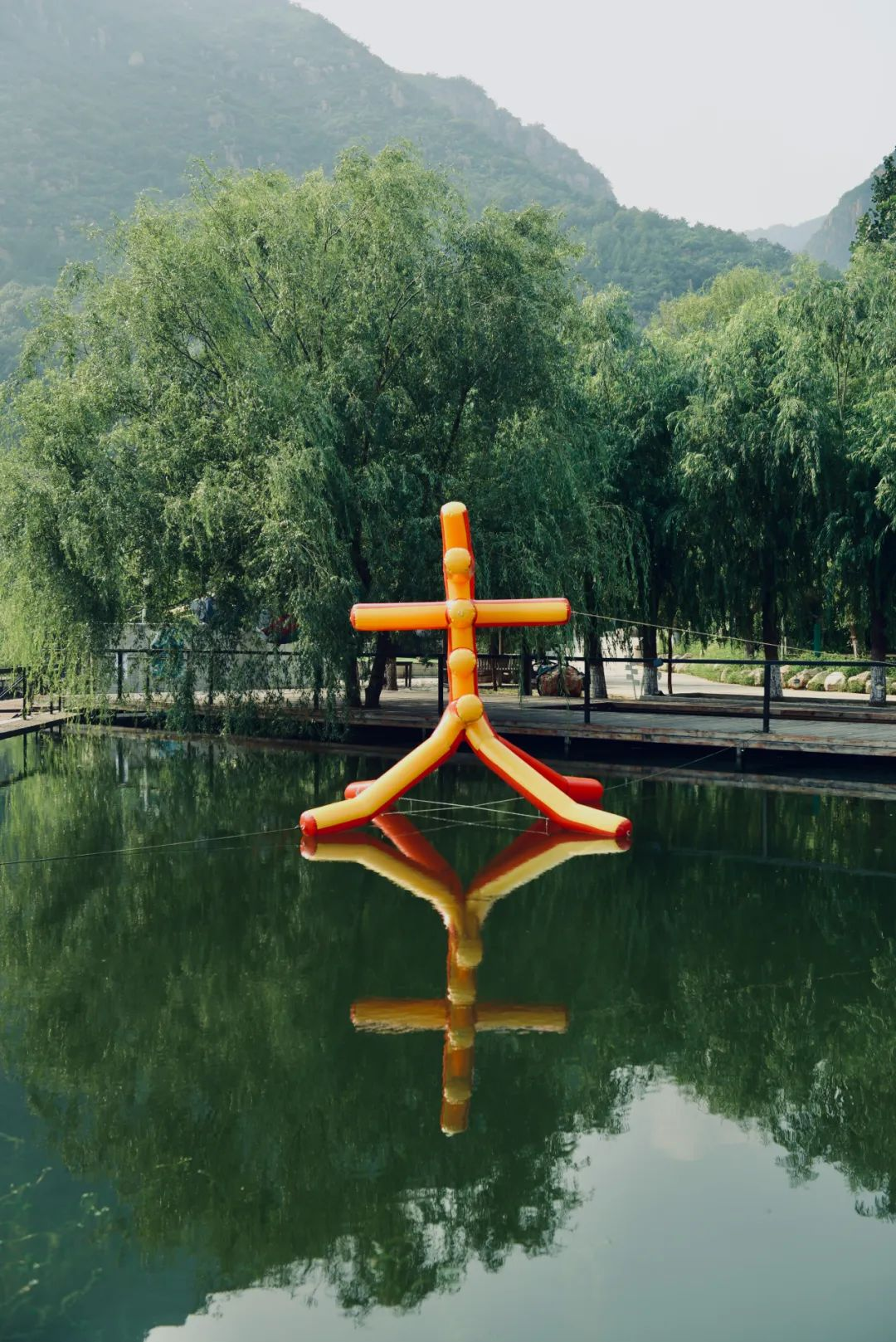
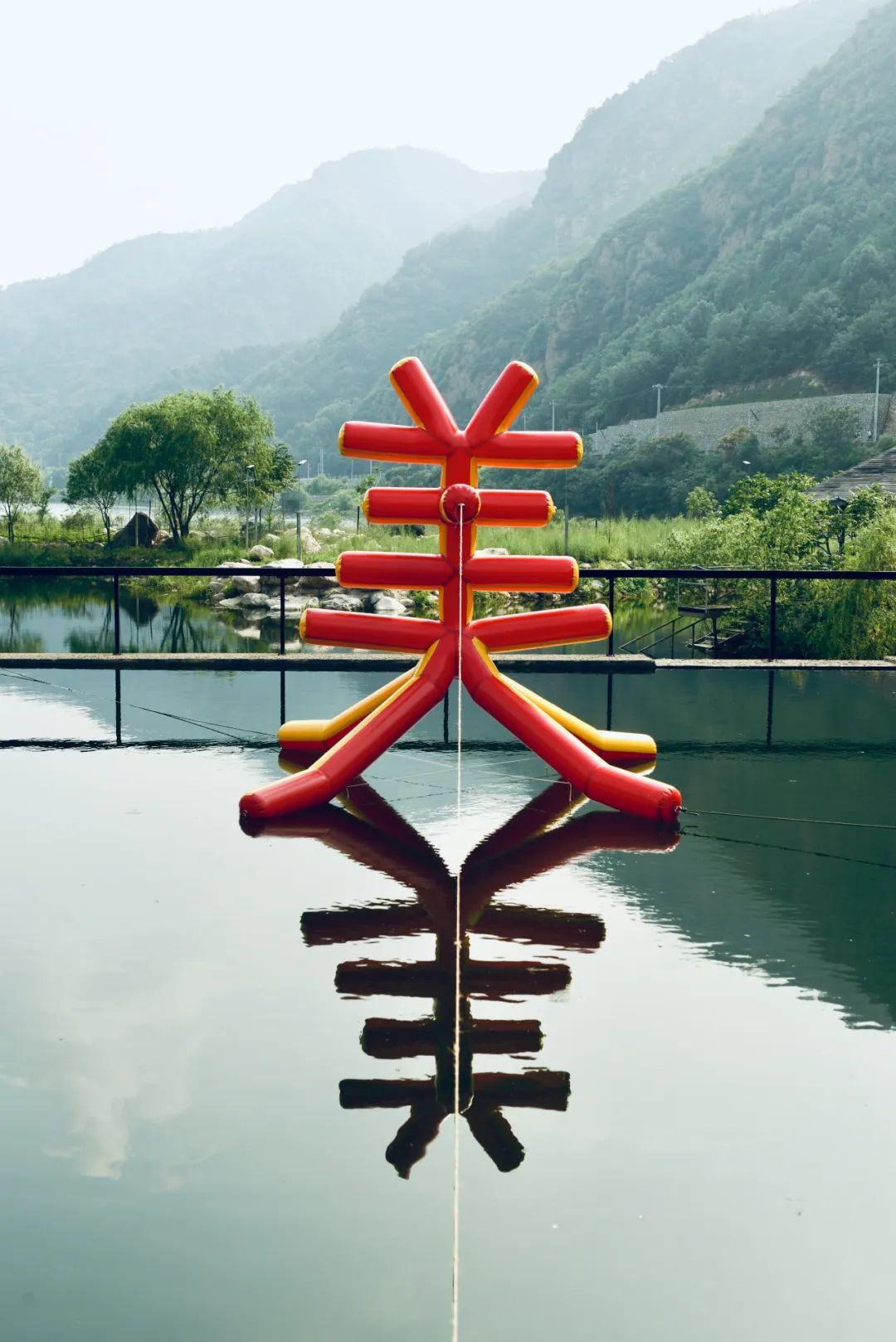
The work adopted the original binary three-dimensional calligraphy installation composition created by artist Ma Jin. It has the character "大" (da) on the one side, and “美” (mei) on the other. The color of yellow and red is also the color of the national flag, expressing the love for the motherland's great mountains and rivers. This work is made of PVC inflatable mesh, which is easy for storage and transportation, and can be put into the trunk of the car and transported to any place for exhibition, bringing out the atmosphere of the Land Art Festival. The size is about 3 meters square, suitable for interaction, photo-taking and transportation; it can also be placed in the pool as a big toy for children to play with.
Li Yidai
Graduate student in the field of art and technology at the School of Design, CAFA
Introduction
June 20th, 3:00 p.m
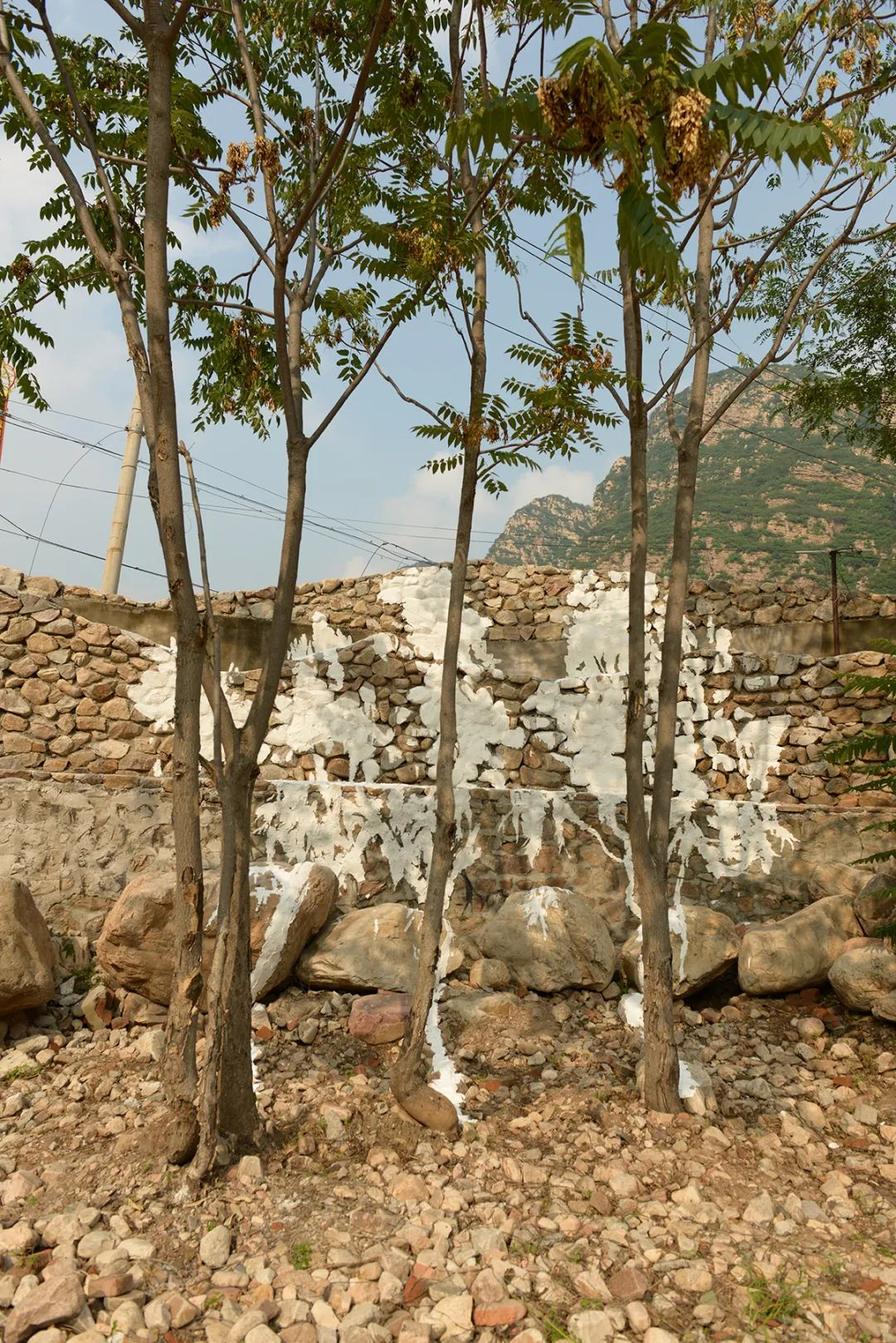
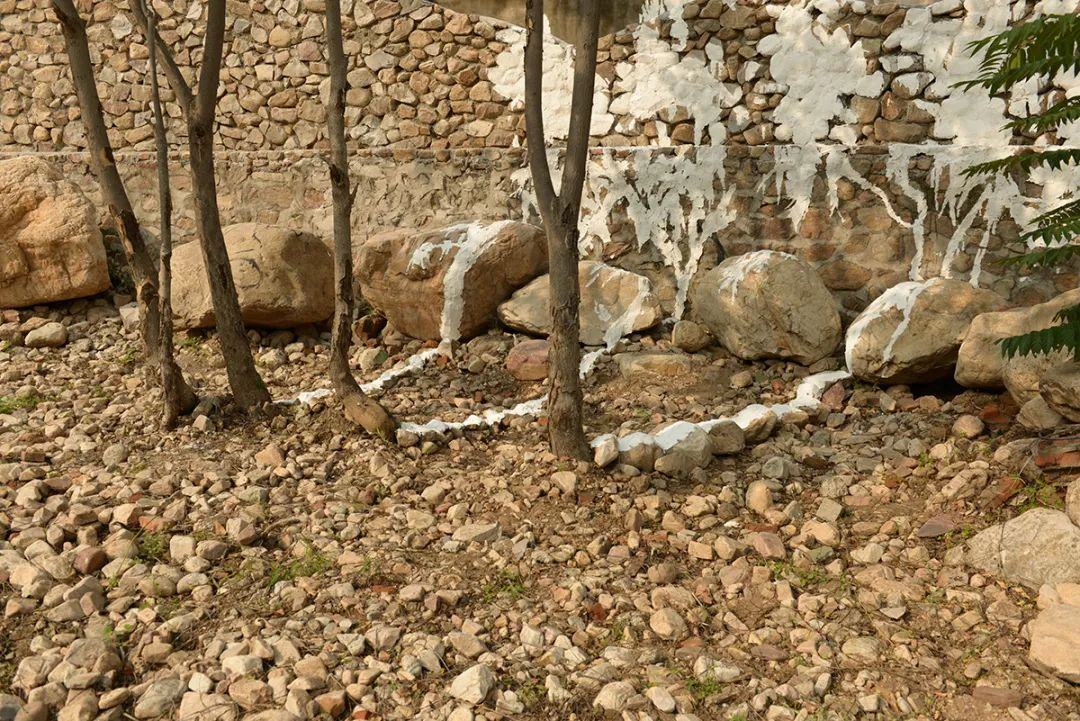
The artist tried to bring the sky "closer" to us; by using cement to draw the shadow of the trees at 3pm on June 20th and putting it under the tree, the work allows pedestrians to "sit" under the sky and the shadow at the same time, enjoying the healing power of the nature. Moreover, the shadow of the trees at 3pm on June 20th will coincide with the shadow at 3pm everyday in the future, symbolizing the preciousness of each moment.
Zhou Jiefu
Artist living in Italy, committed to the research and creation of abstract marble sculptures in Carara, Italy
Introduction
Dragon Flying and Phoenix Dancing

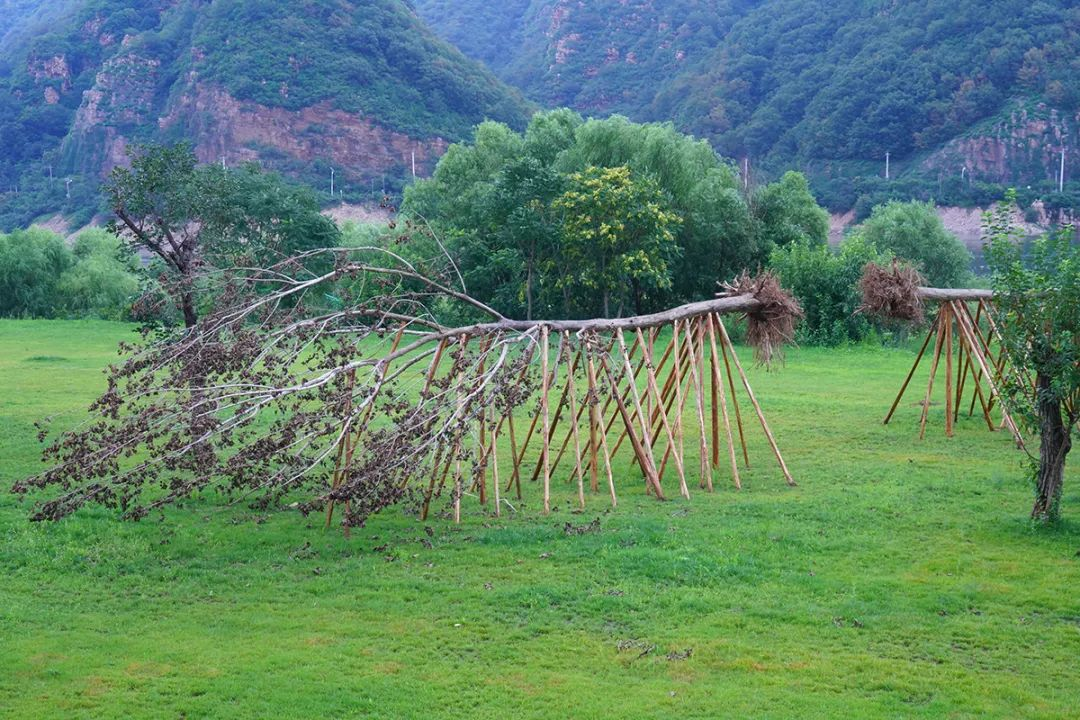
Dragon Flying and Phoenix Dancing is a dialogue between culture and art, with wood as the medium, telling the history and spirits of Beijing. The work used two towering trees as the material to create the scene of "Dragon Flying Phoenix Dance". The vivid dragon and phoenix chase each other in the clear breeze of the valley, as if they are breaking through the sky. The artist adopted natural elements such as soil, tree trunks, grass, and branches, to create such a lively picture. Standing in front of this land art work, you might feel the vitality and energy of the dragon flying in the air and phoenix dancing in the wild. With a mysterious and harmonious rhythm, they play the music of beauty together with two big trees. It provided this land with unparalleled charm with power and a poetic vibe.
Cui Xianji
Master of Fine Arts, invited to hold solo exhibitions at the Chinese Art Museum, the Yuan Art Museum, the Manet Art Museum, and the Sungkok Art Museum in South Korea
Introduction
Egret Imagery

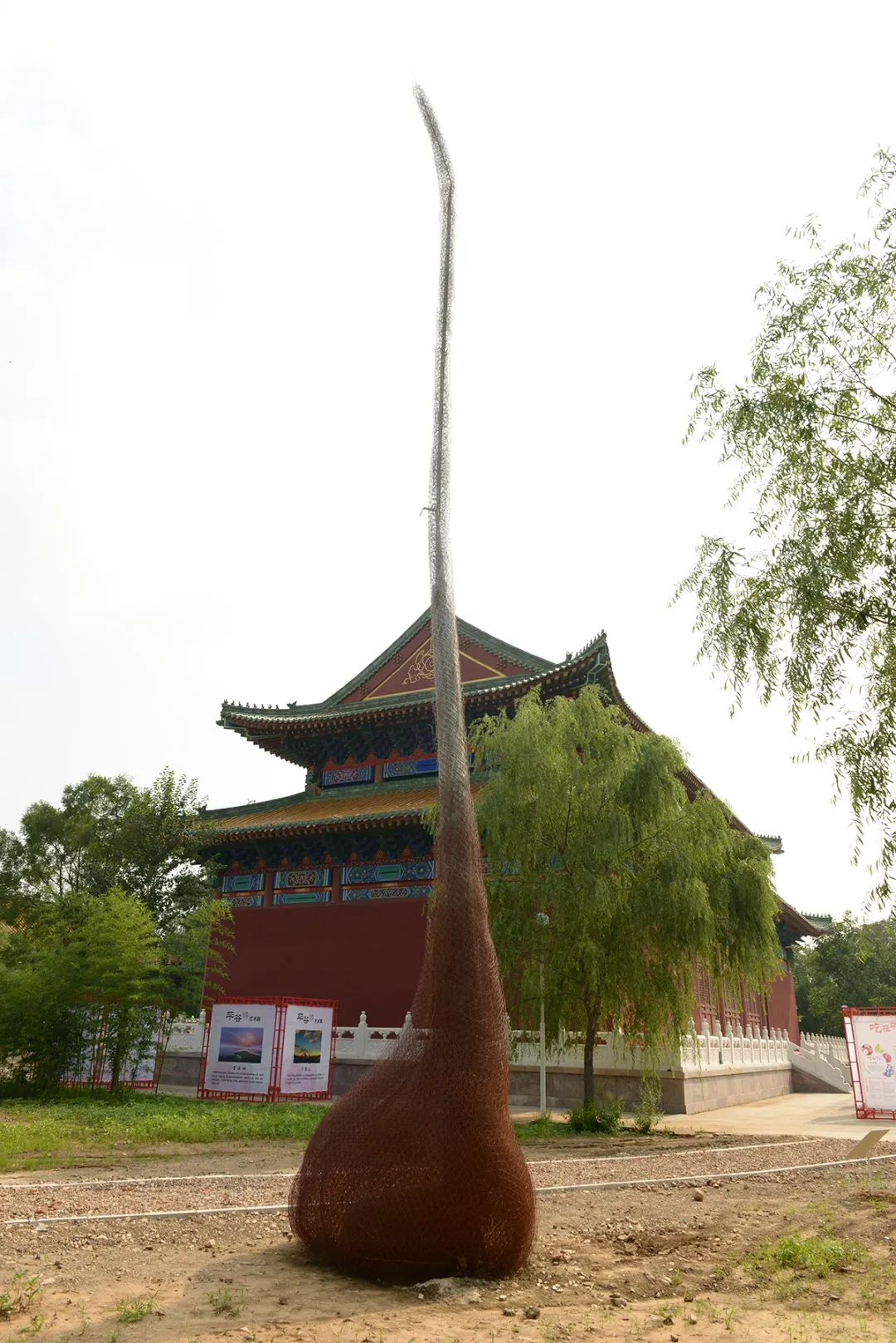
With the theme of "egret imagery", the artist created a breathtaking land art work, using local pebbles as the main body, together with metal and cement. The audience can see an egret dancing under the blue sky and white clouds. Every detail reflects the artist's reverence for nature and love for life. This work not only shows how human beings cherish nature, but also serves as a baptism for our soul. We can feel the importance of protecting local ecology and see the awareness of environmental protection brought by land art.
Wang Huaxiang,
Sun Hongwei
Sculptor; member of the Youth Professional Committee of the China Craft Artist Association; Artistic Director of the Dezhou Red and Green Colored Ceramic Museum
Introduction
Big Dipper Stonehenge
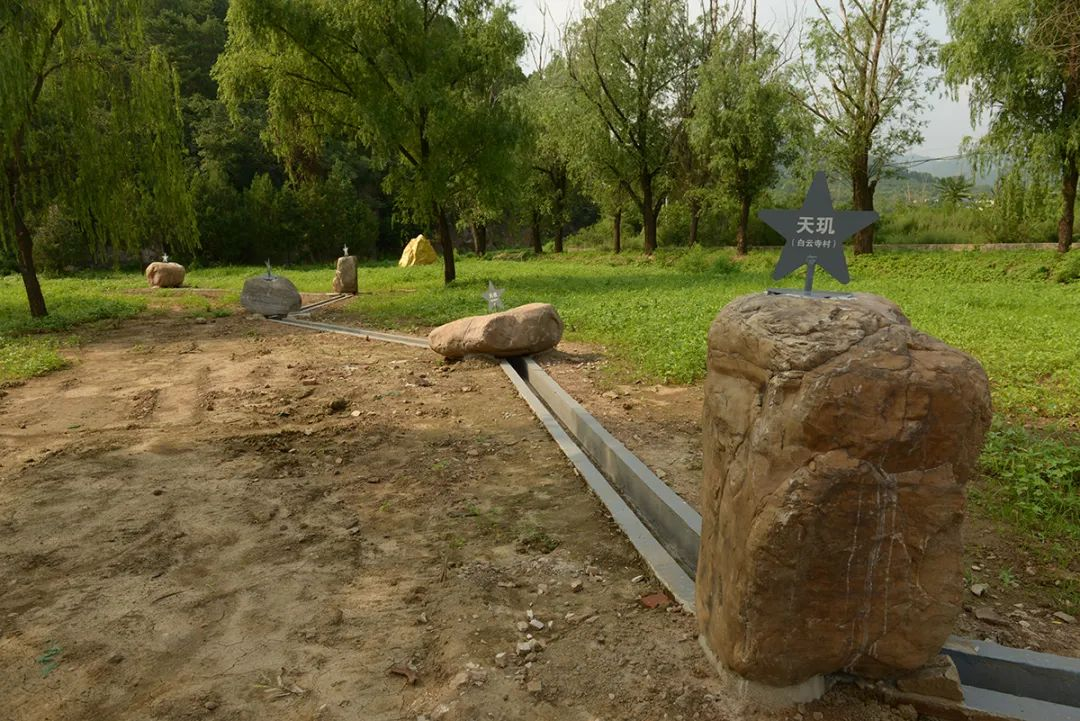

The situation formed by the Big Dipper itself has the effect of aggregating and harmonizing magnetic fields, which can purify and guard the residents and nourish them with magnetic energy. The big stones in the work are natural river bank stones from the local. The location and direction of the seven villages of Huangsongyu are similar to the position of the Big Dipper; stones are connected by the self-flowing circulating water, symbolizing the symbiotic relationship of bloodline connection. The stones are equipped with colorful strobe lights like seven stars flashing in the mountains.
Xu Li
Mixed-media installation artist educated in France; PhD in Interdisciplinary Research in Culture and Art; current faculty member of the China Academy of Art
Introduction
Wind from the Valley
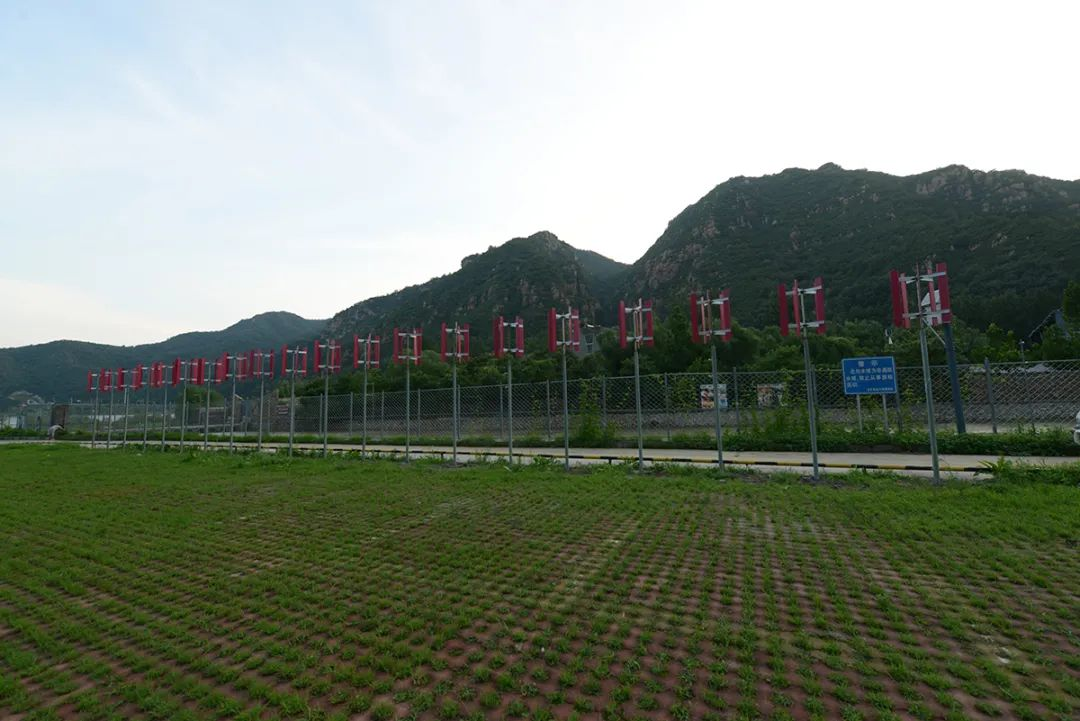
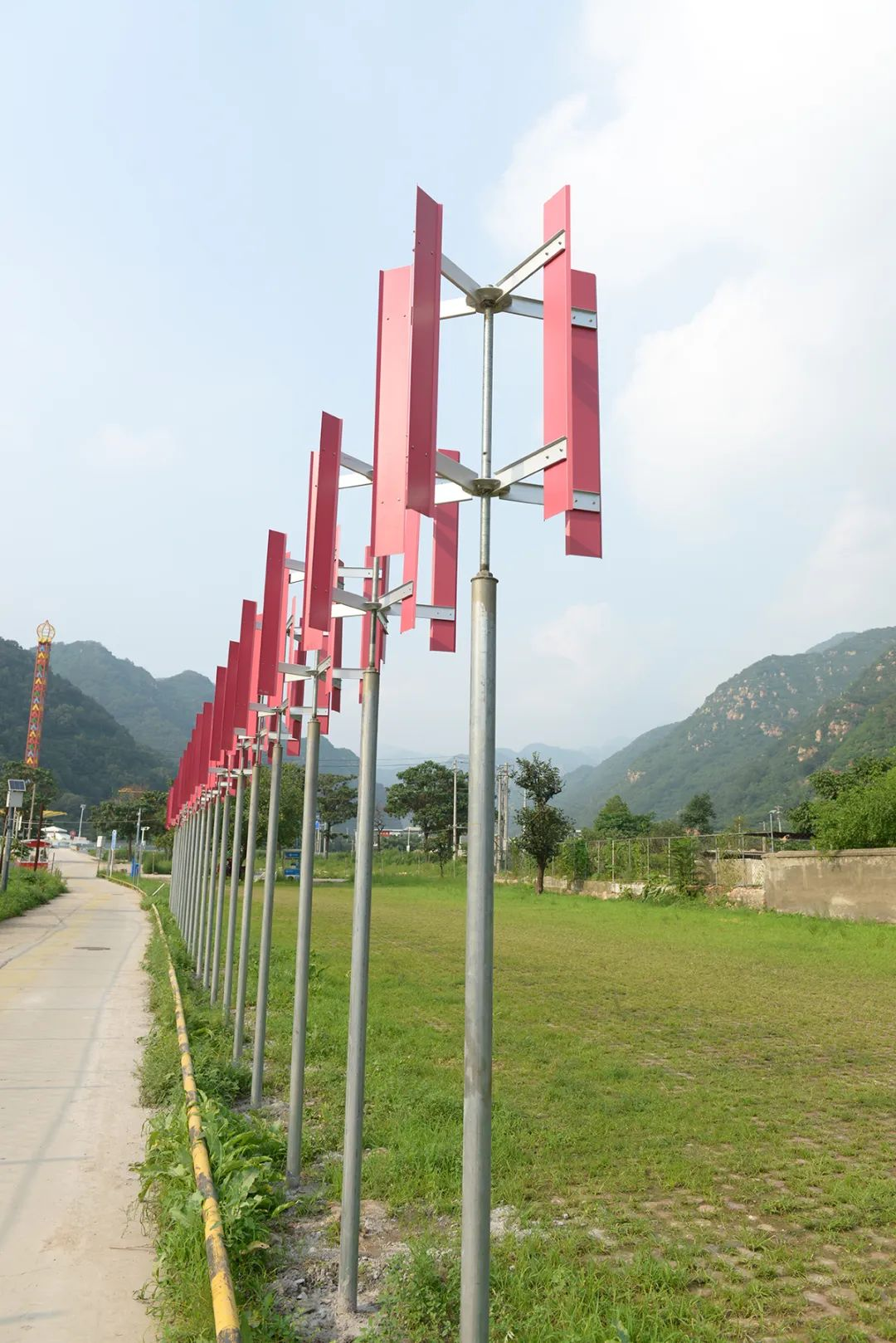
The artist transformed the windmills as well as the array to create this installation, which not only exhibits the integration of art and technology, but also reminds us to cherish and make good use of renewable energy, contributing to the protection of the environment. On the blades of the windmill, the installation art is quietly unfolding, waiting for the wind from the valley. They are no longer just windmills, but an installation with artistic air. The transformation gave new life and vitality to the monotonous facilities. By redesigning the shape and giving a peach color to the blades of the windmills, the blades can present specific patterns as they rotate, leaving the audience with a beautiful reverie.
Land Palette
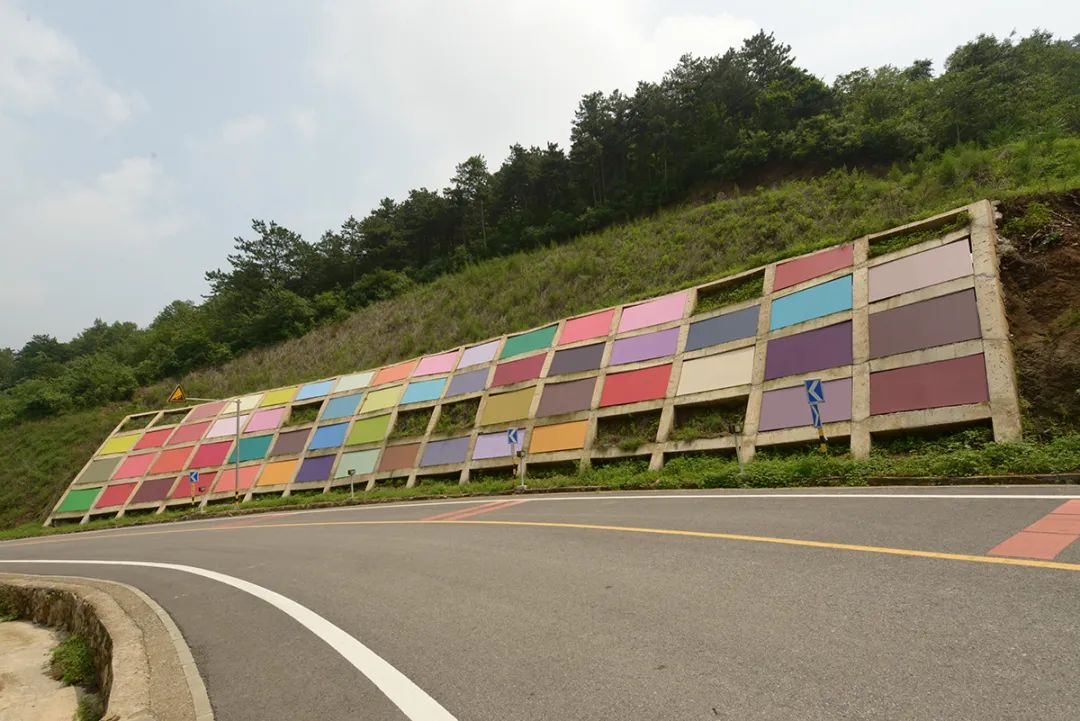

The artist used the earth retaining cement frames on both sides of the west road of Huangsongyu Reservoir, combined with weatherproof spray-painted fabrics to create the imagery of land palette, which is like a land art gallery. The colorful pigments of red, yellow, blue and green, are splashed on the canvas of the earth. It’s like a rainbow falling on the earth, bringing a strong visual impact. If you come closer, you can see that the gradient color is quite unique, telling its own story. If you see it from a distance, you can see that the land is like a huge palette; nature's ingenious work and human ideas perfectly combined, giving birth to this grand piece of art. It is not only the palette of the earth, but also the human understanding and expression of nature.
Light Connecting the Great Wall

The Great Wall is undoubtedly the world's greatest land art. The exhibit was inspired by the newly constructed reservoir, which cut the Huangsongyu Pass on the Great Wall into two sections. To arouse the awareness of the residents and tourists on the protection of the Great Wall culture, the artist tried to use a beam of light to reconnect the Great Wall relics on the slopes of the Huangsongyu Reservoir, displaying the Great Wall culture in Huangsongyu. The installation not only shows people the historical value of the Great Wall, but also demonstrates the power of modern technology. This combination of ancient and modern, history and innovation, provides people with a completely new experience.
Chen Zhiqiang
Professor, South China Normal University
Introduction
Land of Plenty
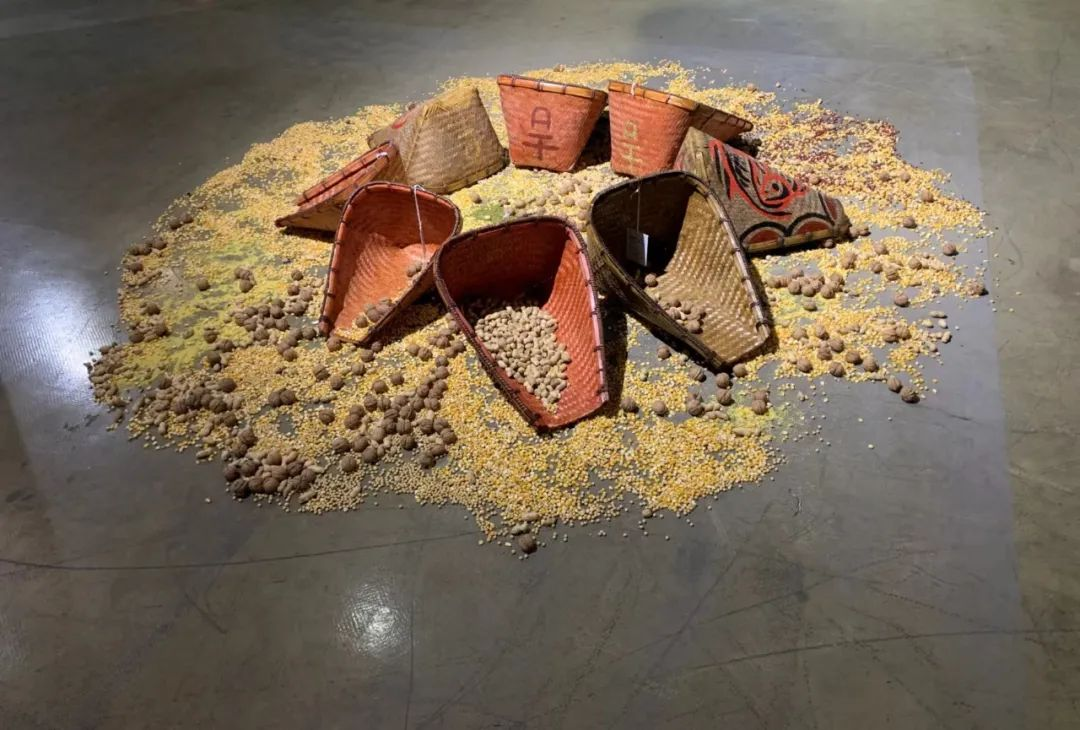
The lacquer pattern of these dustpans adopted the double-fish figure in the shape of Taiji, the shape of the character “魚” (fish) in seal character and the early Chinese script. The key parts of the dustpans are fixed with thick copper wires. The body has been polished several times with Yangjiang lacquer, then depicted with red and black lacquer, and used a small amount of gold and silver foil. Combined with contemporary grains, fruits and local specialties, it is intended to connect with the local life and culture.
Lin Xiaoying
Art teacher, Guangzhou University
Introduction
Curling
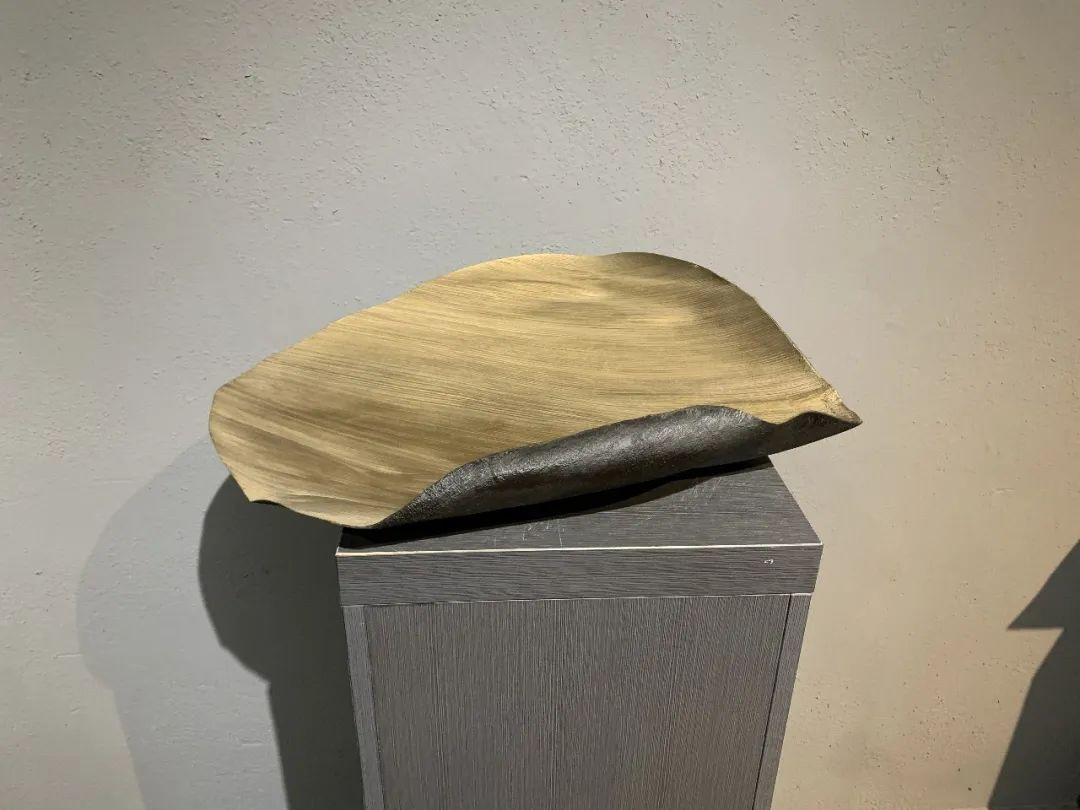

The exhibit adopted the leaves of royal palm, a southern subtropical palm plant, as the material for the main body. Considering the characteristics of natural environment and climate, the leaves were treated with lacquer, dehydrated and shaped; after over a year of good care, each leaf became hard and glossy, deciphering the code of life and searching for the most beautiful expression. The lights on the surface of the lacquer reflected the artist's concentration and passion; at that moment, it is as if time stood still and there was only the artist and her art.
Li Xuecui
Art teacher, Guangzhou College of Commerce
Introduction
Rich Fruits·Sea, Rich Fruits·Water
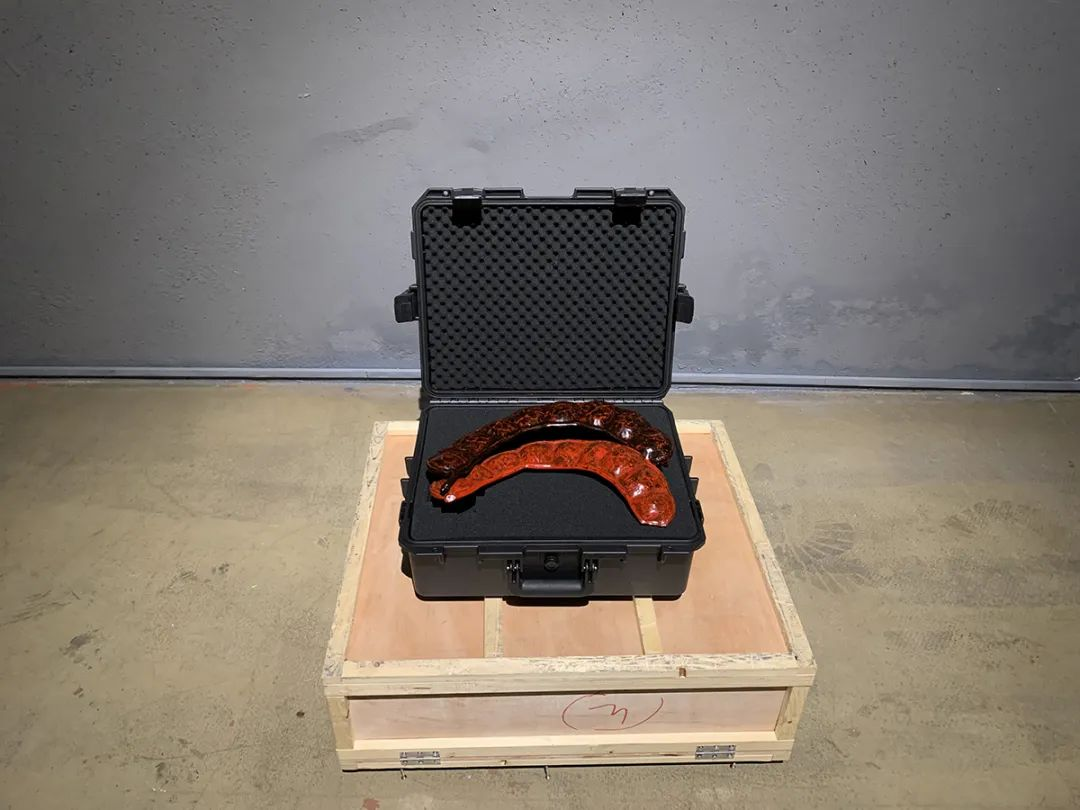
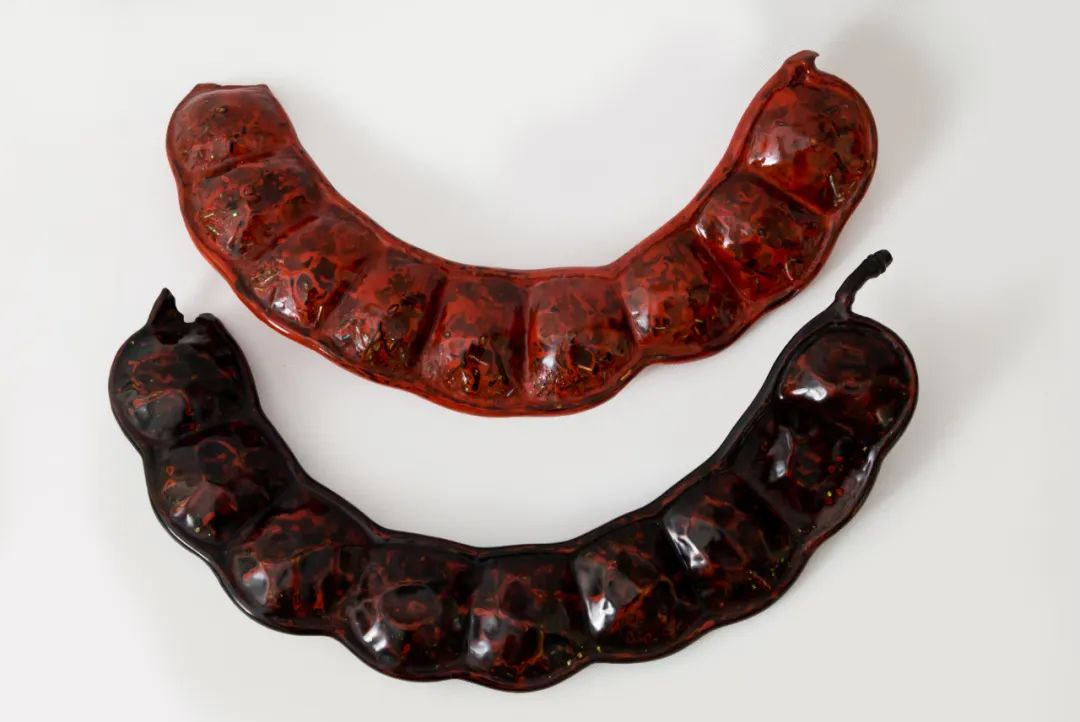
The work adopted the texture technique of natural lacquer, combined with traditional Chinese auspicious elements, to convey the attachment to natural resources and the yearning for a better life. Bean pod: In Chinese culture, it is known as "fu dou", which sounds like “fu shou” (good fortune and longevity), implying happiness, well-being and longevity. The fruitful pods symbolize happiness and peace, and their fullness and roundness also imply maturity and abundance, reminding people of cultivation and harvest. Two beans represent good things coming together; three beans stand for good fortune, prosperity and longevity; four beans symbolize peace for the whole year; more beans can be deemed as a wish for a prosperous family and happy household.
Yu Xingze
Artist educated in Germany; Associate Professor, Tongji University
Introduction
Best Guess
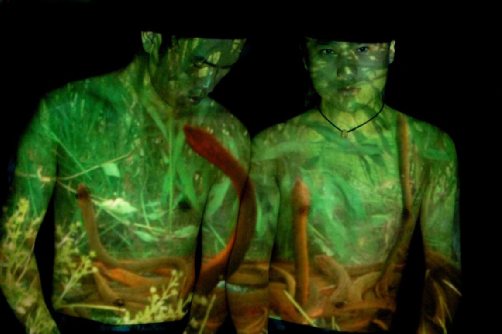
Our perception of the world is never direct; it is always indirect, and it’s the brain's best guess of what the world really looks like, a simulation of the objective world inside the human brain. The work presents the bodies of two young men with water, grass and fish floating virtually above them, synchronized with the sound of real people breathing. What Best Guess explores is the human imagination of space and spatial relations of individual life. Urban space is created by human beings; it’s a self-made situation that is destined to constantly change the state of human existence, including the space of human imagination.
Yu Xingze
Artist educated in Germany; Associate Professor, Tongji University
Deng Lijun, Li Yiming, Wang Lijuan
Students, Tongji University
Introduction
Cloud Player

The work deconstructed the cloud into the smallest unit, the particle. The particles will coalesce and explode. They are not only particles, not individuals isolated from each other; they will collide and connect with each other, and countless particles can form a cloud, which will ultimately transform into cosmic dust and become the tiniest part of the universe. Through this work, the artists want to dissect the state of the cloud through different perspectives, micro or macro, in order to explore the relationship between life and inanimate matter. And hopefully, through the exhibition, the audience will be able to experience the relationship between individuals and nature with this work.
Zhang Wenchao
Artist educated in France; faculty member, Haikou University of Economics
Introduction
Fracture
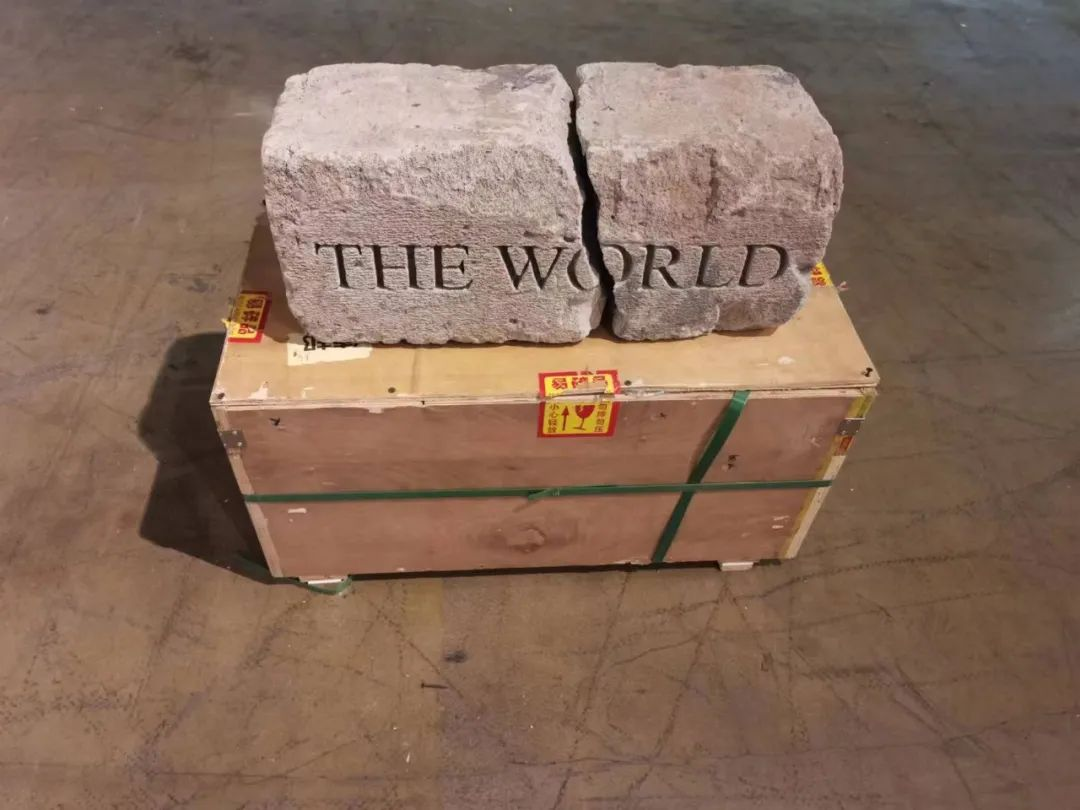

Human civilization has been constantly progressing in every era, and the changes and advancements of each era provoke some soul-searching. This work employs a common form of recording civilization in human history—stone carvings—and applies it to modern architectural material, bubble bricks. The carvings bear the words "I," "We," and "World," establishing a connection between us and the era we live in. It prompts us to contemplate whether our existence remains as "solid" in this era.
Zhao Liying
Contemporary artist educated in the UK
Introduction
Waiting
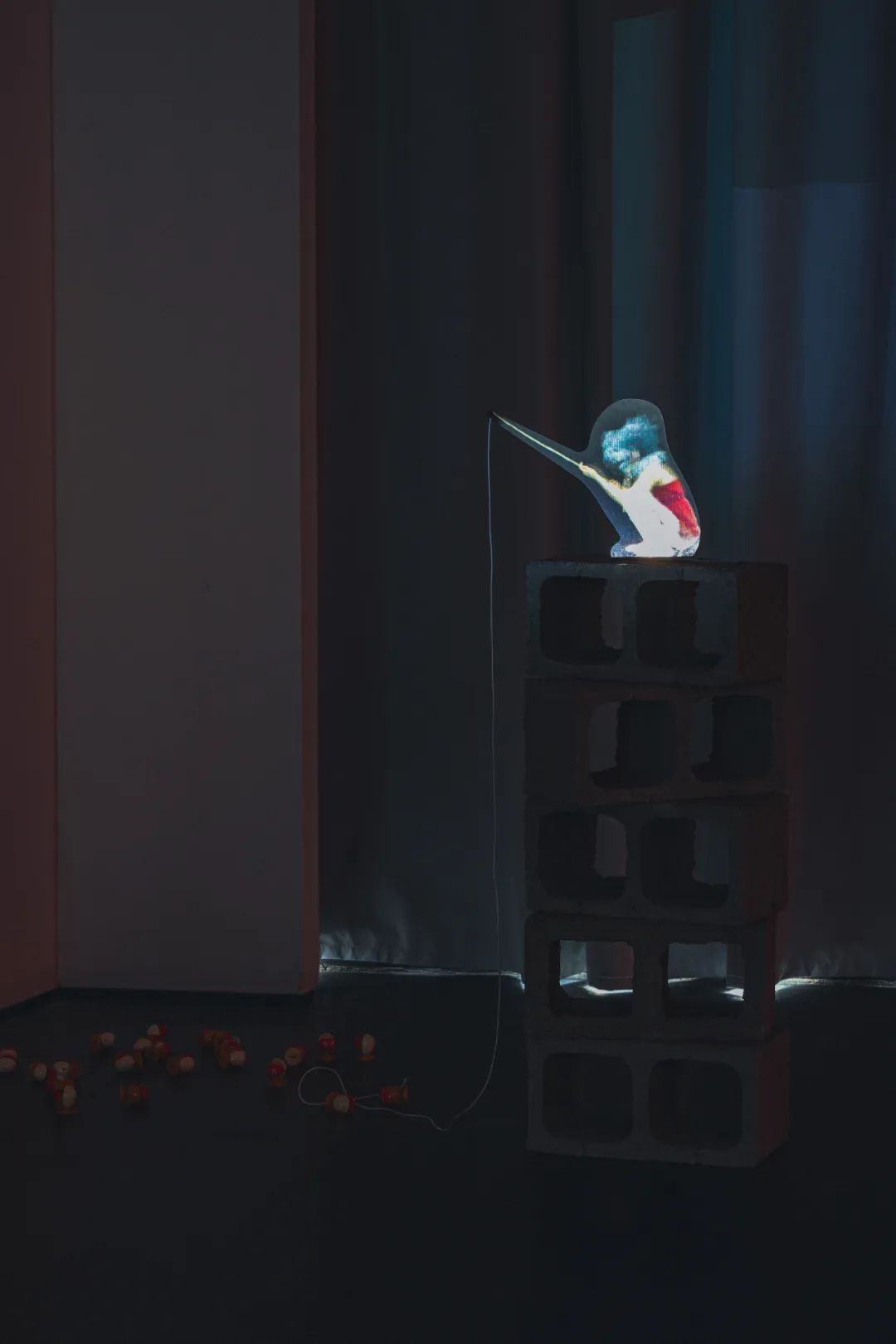
This artwork is serene. A female-bodied hippopotamus in a crouching position is projected onto a stainless-steel panel, with a tall stack of bricks beneath its feet. It maintains a fishing posture without any expectations, occasionally surveying its surroundings. Being in a high place doesn't make it fearful or weary; it seems accustomed to this performance. The fishing line hangs loosely on the ground, with its end dangling through the cracks of the exhibition hall's pipes. The artist tried to design and magnify the states between building materials, tangible spaces, and the behavior of image-based creatures within a postmodern context. In the realm of mundane landscapes, the artist seeks to explore how emotions are fragmented, enveloped, and grafted within tangible spaces.
Believing
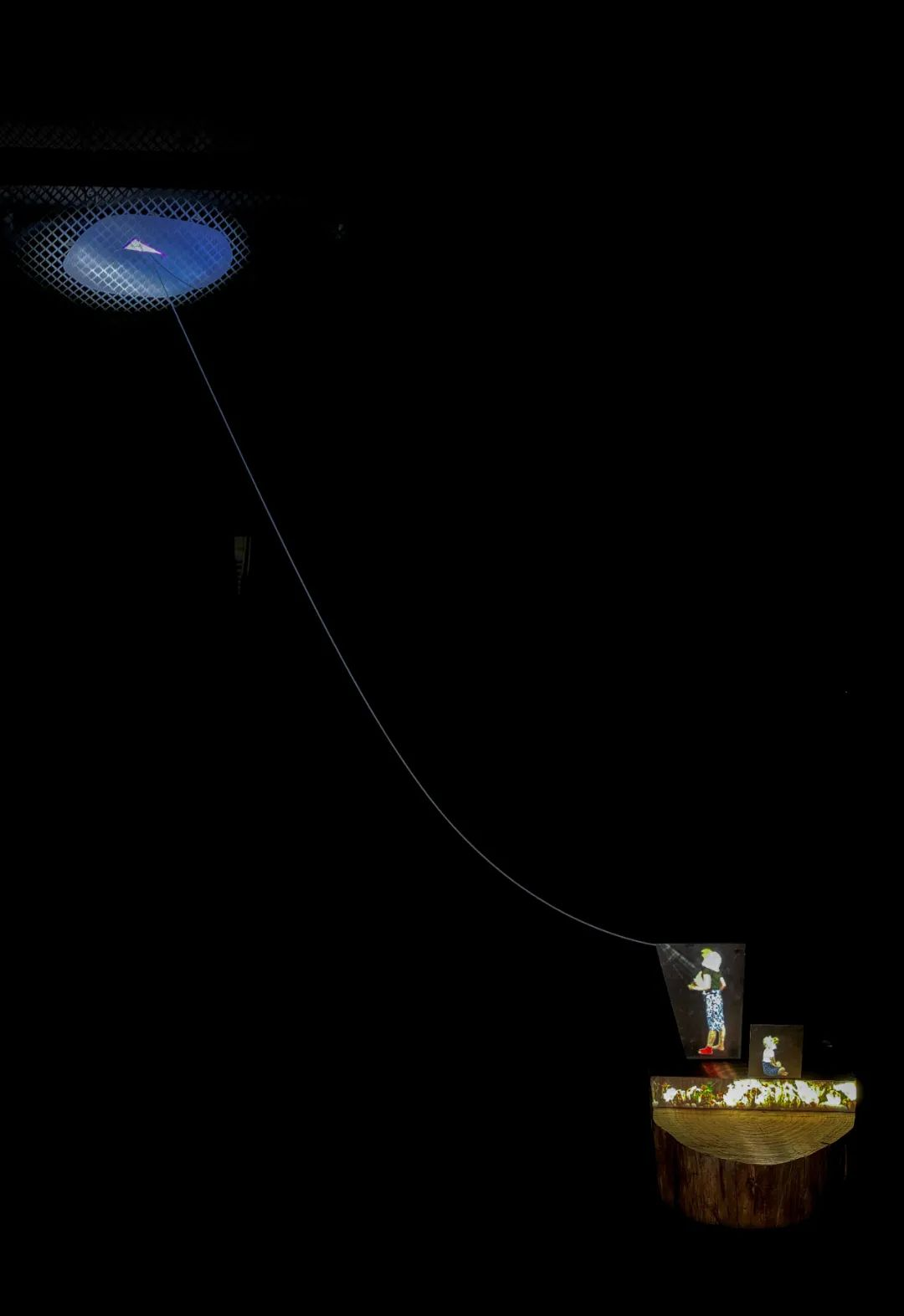
In this artwork, an extremely thin steel wire connects a projected image and a metal hook: an eagle, meant to soar high, is confined to a wooden stake, tugging at a kite that flies high. A long line without resilience connects the eagle to the "sky." On the cross-section of the wooden stake, there is an image of swaying flower clusters in the wind, vivid yet unreal and rough. Above, being tugged, is a metal safety clip hooked onto a metal beam of the exhibition hall's pipes, rigid and clumsy. Nevertheless, the eagle still holds onto the rope, as if succumbing to the persuasion of its own free will.
Amusing to Death

This artwork was inspired by Neil Postman's perspective - Amusing to Death. Tetris, as a classic early single-player game, carries a unique charm with its rough and low-fidelity (Lo-Fi) aesthetic that derives from early digital experiences, contrasting with high-quality games today. It metaphorically embodies concepts such as addiction and repetition. In the artwork, the Tetris blocks are redrawn based on the icons of the most downloaded mobile apps, while maintaining the basic Tetris shapes. The overall visual style is Lo-Fi. The game starts with blocks falling at a normal speed, gradually increasing in speed until the game ends in failure. A cyclic pattern emerges as the flickering blocks on the screen continuously descend, causing the game to fail and restart repeatedly. Amidst the desolation of the cement floor, where gravel and vehicle of obsolete technology lies, there flickers an enduring and steady digital vitality. The overall atmosphere is both bleak and eerie.
Bao Rong
Contemporary artist educated in the UK
Introduction
Caution: Fragile items
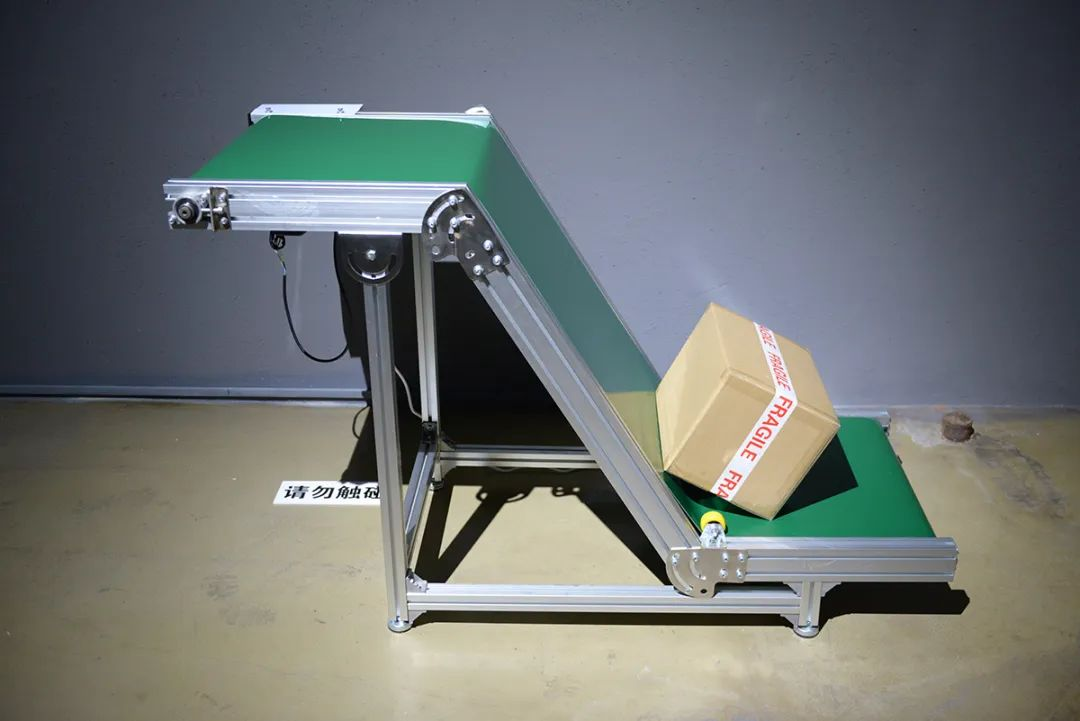
A climbing transport plane continuously pulls up a carton, but due to its structure and weight, the carton falls back into its original position. This creates a hypnotic yet unsettling repetitive motion. When the box falls, it emits sounds resembling the shattering of glass, intensifying the tension and fragility of the artwork. This piece reflects the futility of human efforts and the inevitability of failure. The "fragile" label and the sound of glass shattering serve as a subtle satire on the limitations and fragility of the system. By creating an unsettling yet compelling experience, the artist encourages viewers to confront their own vulnerability and the social system, accepting the paradox of impermanence.
Song Rui
PhD student, Macao University of Science and Technology
Introduction
Abundance
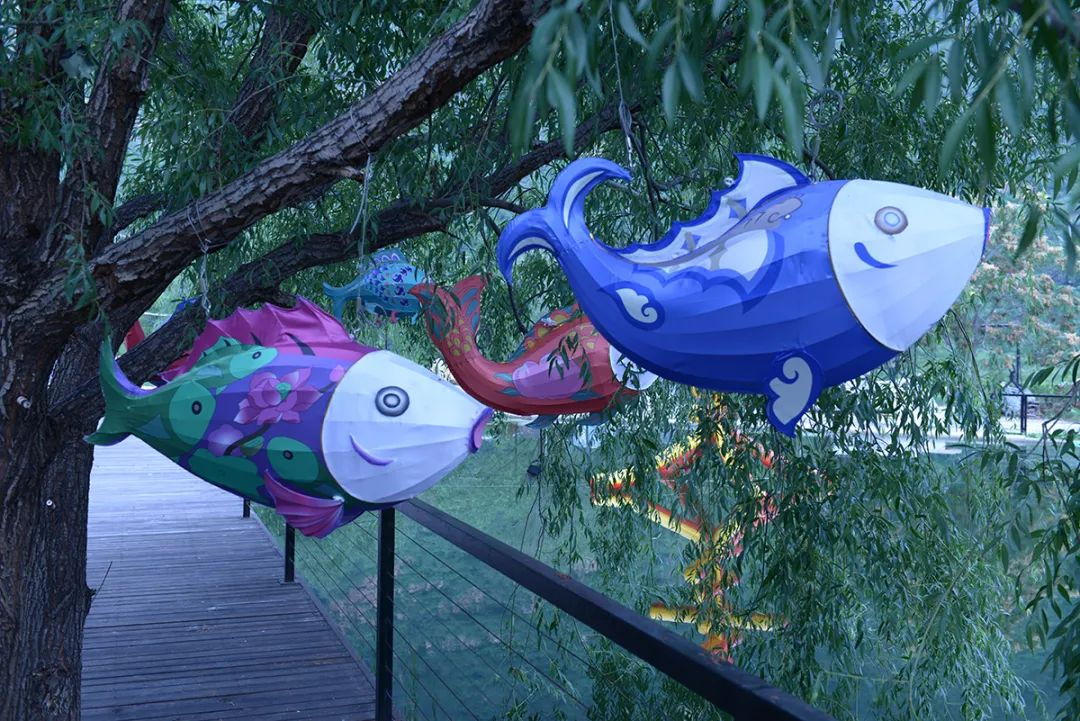

The artwork primarily consists of five soft sculptures in the shape of fish. Fish were chosen as the theme of the work because they symbolize abundance and auspiciousness in traditional Chinese culture, making them one of the earliest totems of Chinese civilization. They also represent people’s aspirations for a better life. Each fish in the artwork has its own name, namely "Wealth," "Offspring," "Fortune," "Longevity," and "Clouds." The names and inspirations for their meanings are partially derived from the costume patterns in Peking Opera, a traditional Chinese folk art.
Huang Hairi
Graduate student, Capital Normal University
Introduction
Life Without Joy or Sorrow: Prelude, Life Without Joy or Sorrow: Sacrifice
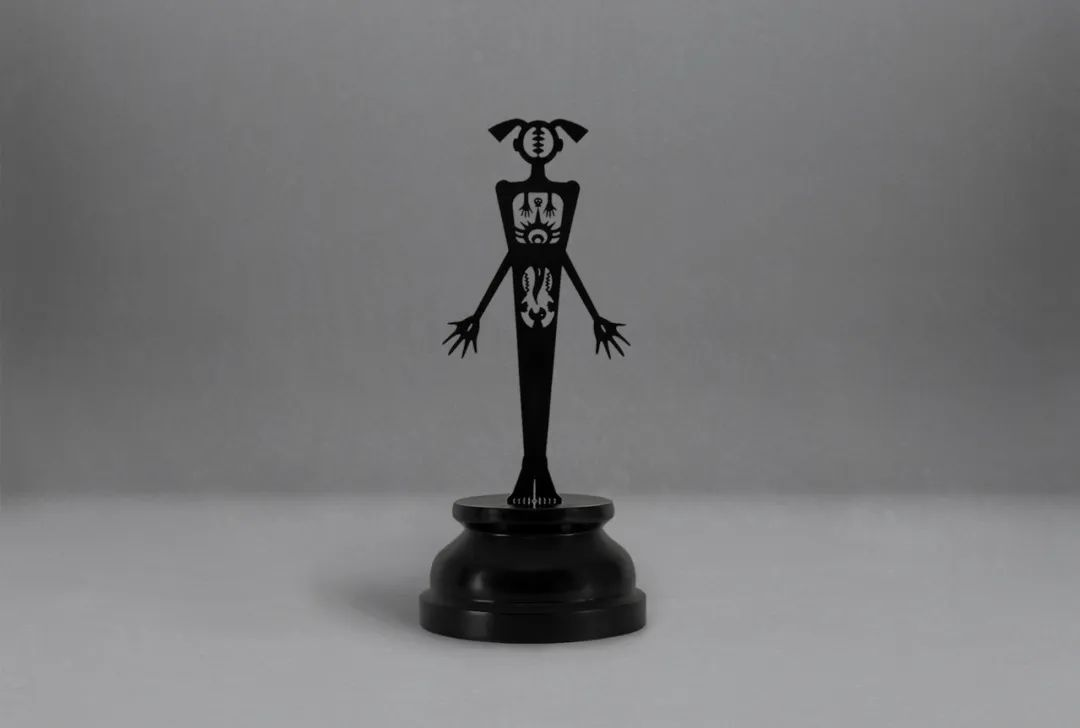
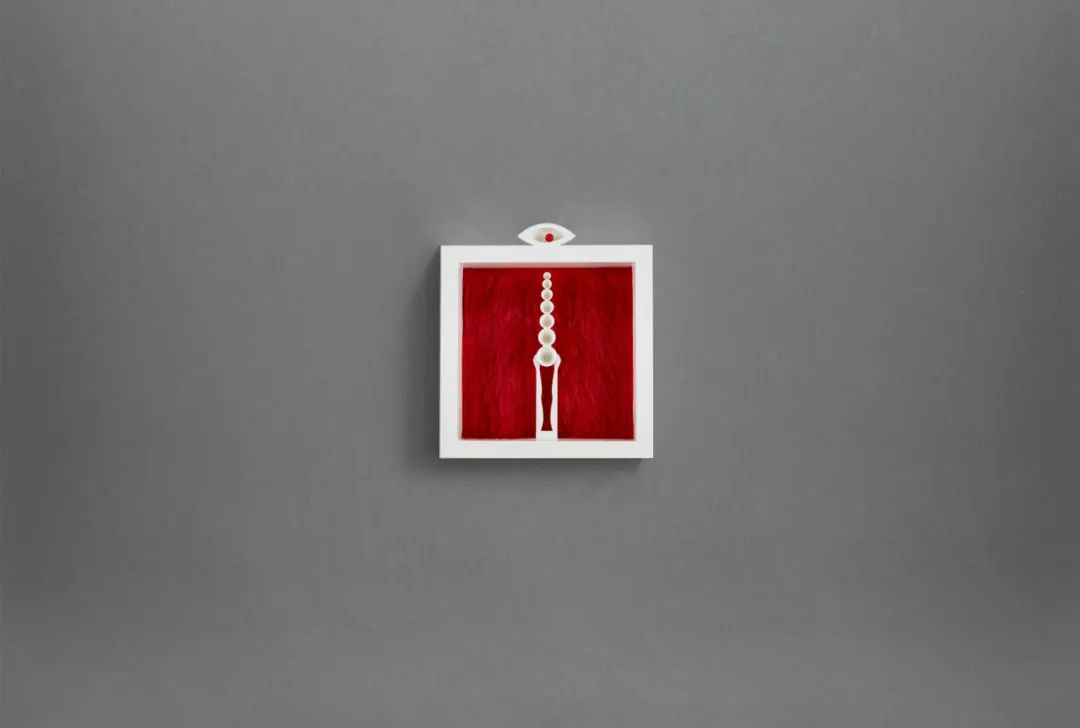
These artworks are heavily inspired by Kafka's novel The Castle. Prelude is also an unique "Castle fable." Beneath the seemingly insurmountable colorful curtain lies a portrayal of strict and cold power games, the doomed and unattainable desires of individuals, and the inexplicable emotional struggles between father and son. Sacrifice presents a silhouette-like sculpture depicting a female figure undergoing a ritual. This figure originates from the artist's perception and sympathy for the alienated life of a mother, from youth to middle age, reflecting the inherent understanding and interpretation of the pain of individual growth. Additionally, the base of the artwork is intentionally designed to resemble a chessboard. Just as "life is like a game of chess," perhaps in a real life, everyone is unable to avoid or escape such a seemingly calm yet despairing existence.
Gail Higgins, David Bryan Higgins (Australia)
Australian artists
Introduction
Silk Painting Series
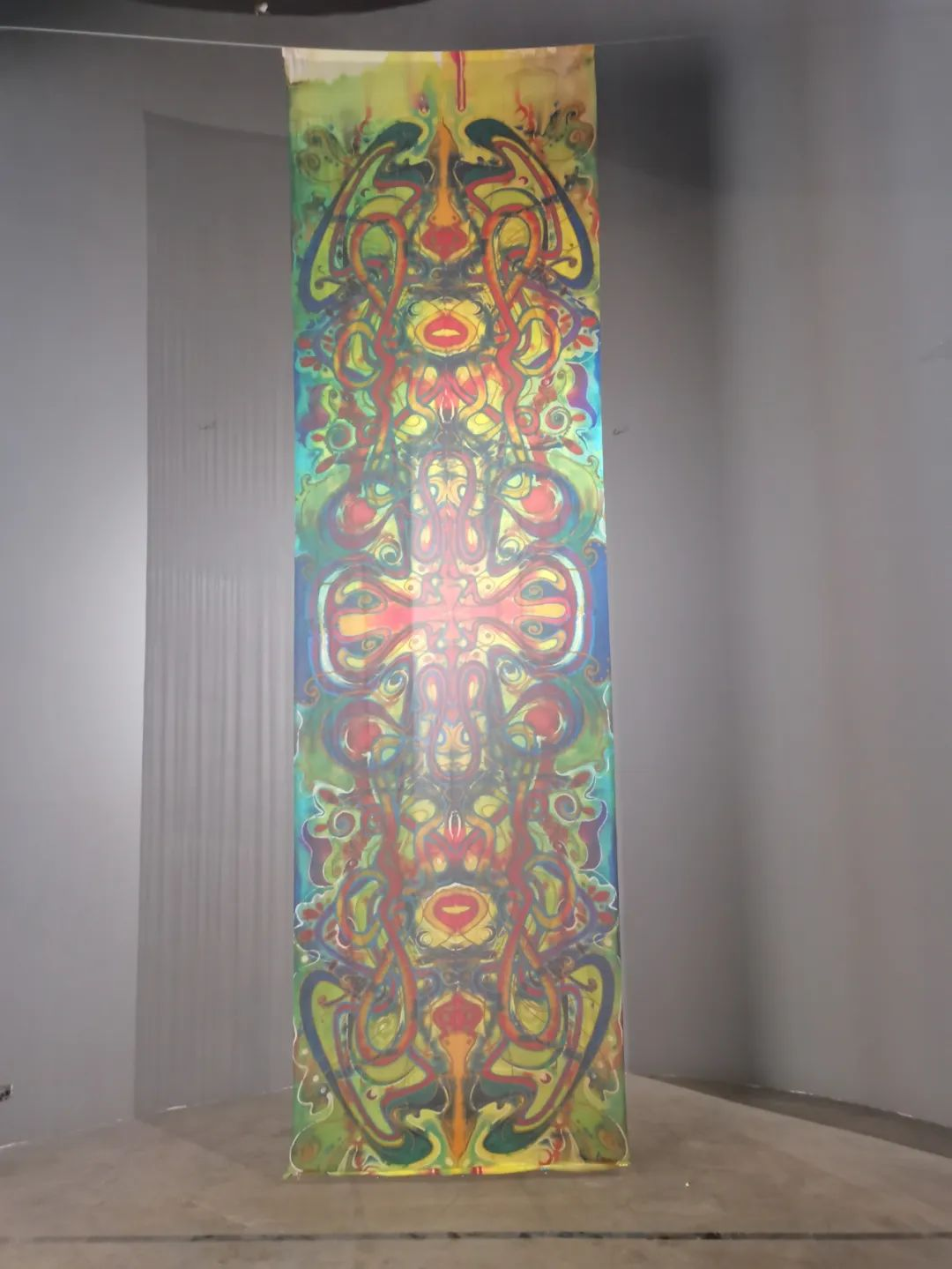
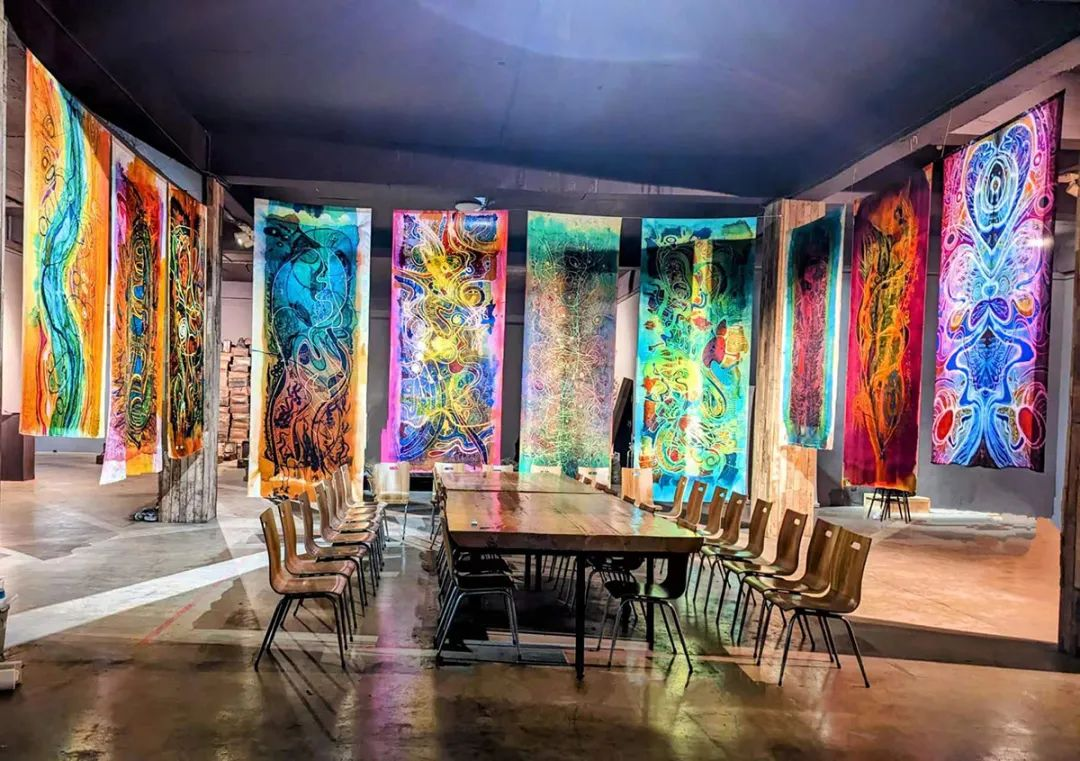
Each fashionable garment is perfectly made using David's silk painting and the artist’s original pattern designs. They are one-of-a-kind and cannot be replicated. When designing personal clothing, the artist enjoys using organic shapes and repetitive patterns, with dynamic brushes that create a harmonious and rhythmic composition. Building upon the foundation of respecting the original artwork, the artist meticulously studied the composition to enhance each design, incorporating fashion patterns and styles.
Shi Shaoping
Freelance artist
Introduction
Perhaps ~ Eggs

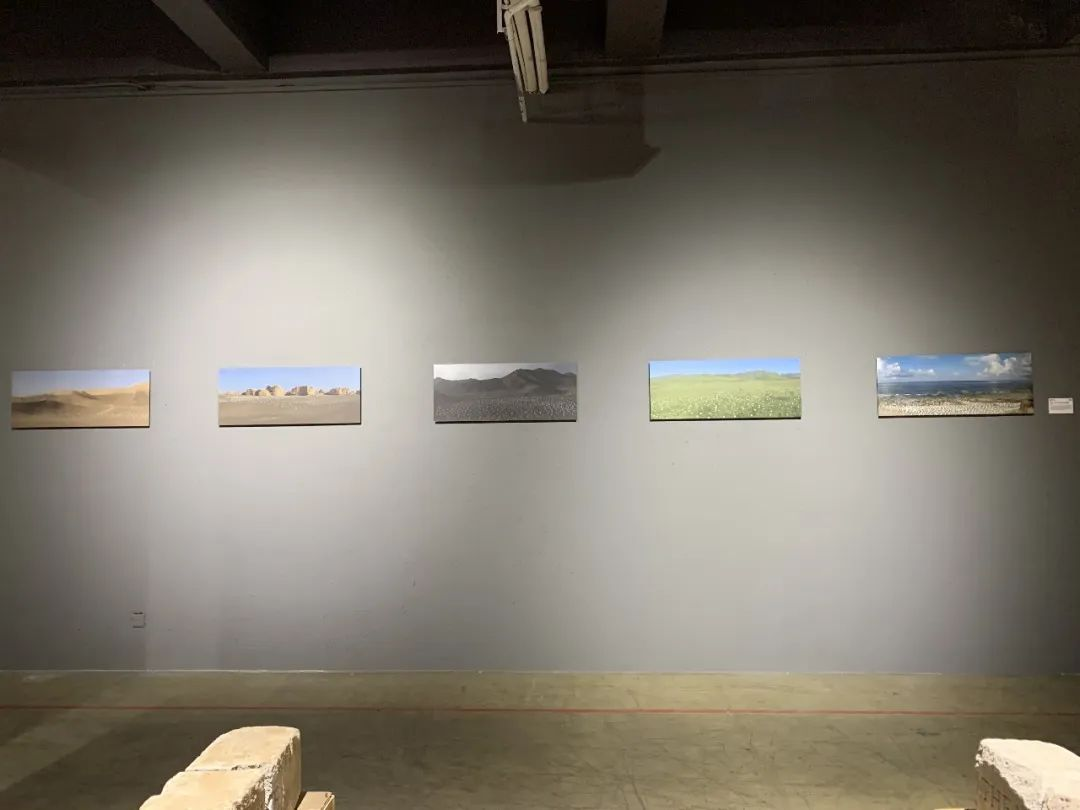
3000 "eggs" symbolizing the origin and beginning of life, the fragility and beauty of life, and the cycle and rebirth of life are put in the vast and silent ocean, the mysterious castle, the barren ruins, and the expansive and fertile grasslands. In such unique and distinct environments, how will they grow and thrive? How will they struggle, reproduce, and endure? Will they break out of their cocoons, experience a rebirth, and gracefully dance? Or will they entangle themselves in their own cocoons, eroded by wind and sand, and disappear without a trace? Like a prophet, he stirs our hearts with 3000 weighty giant eggs, carrying the unbearable weight of life. The charm of the artwork perhaps lies in its unpredictability and unknowability, in the boundless imagination it evokes, the endless exploration it sparks, and the countless possibilities it presents.
Shi Ruoyi
Graduate student, California Institute of the Arts
Introduction
The Gray House

The inspiration behind the artwork comes from the notions of "misreading" and the "divination" of text, involving jokes, inner predictions, and compulsory understanding. Different individuals, due to their unique life experiences and perspectives, interpret and perceive the same textual information differently. The same text can be interpreted in multiple ways in different contexts and individual circumstances. As an observer, the artist attempts to seek out more stories and memories about this region through the pursuit and exploration of these varied interpretations.
Li Qiang
Freelance artist
Introduction
Humanity - Remodeling of the Artist's Work

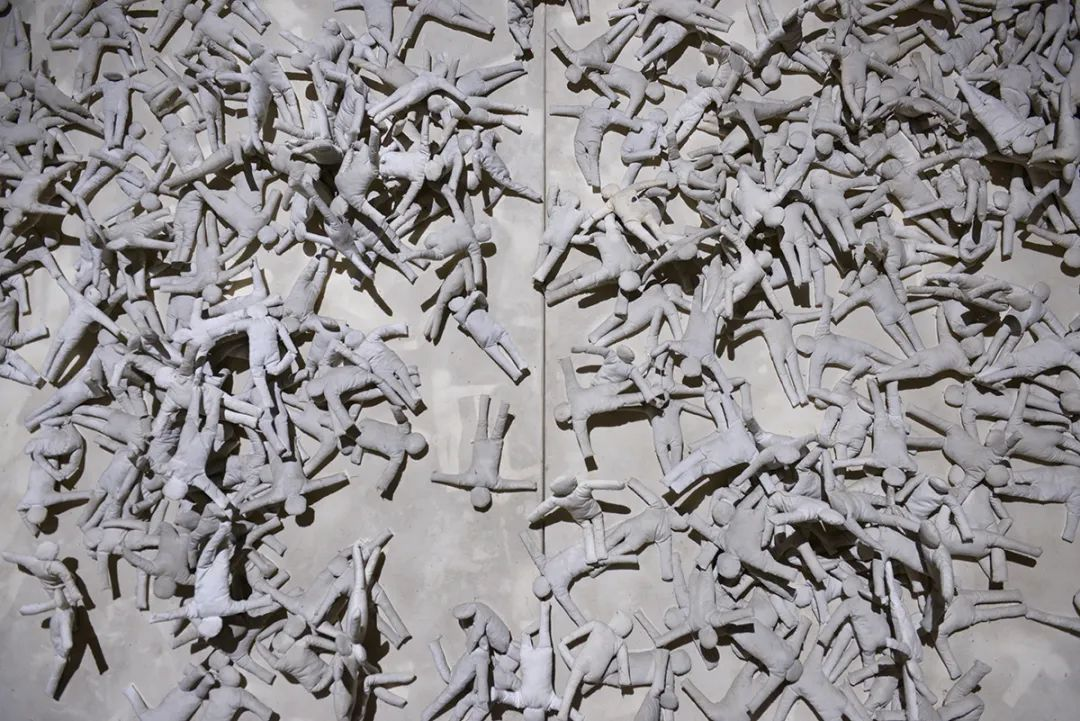
The artist showcases the various forms and postures of humanity, depicting the myriad facets of life through countless little figures. Please present the pose you desire on the canvas, reshaping the artwork.
About 2023 Land Art Festival of Huangsongyu, Pinggu, Beijing
Duration: August 8 – October 31
Hosted by: People's Government of Huangsongyu Township, Pinggu District, Beijing
Co-organized by: Wanshenggu Art Museum
Courtesy of the Organizers.




























